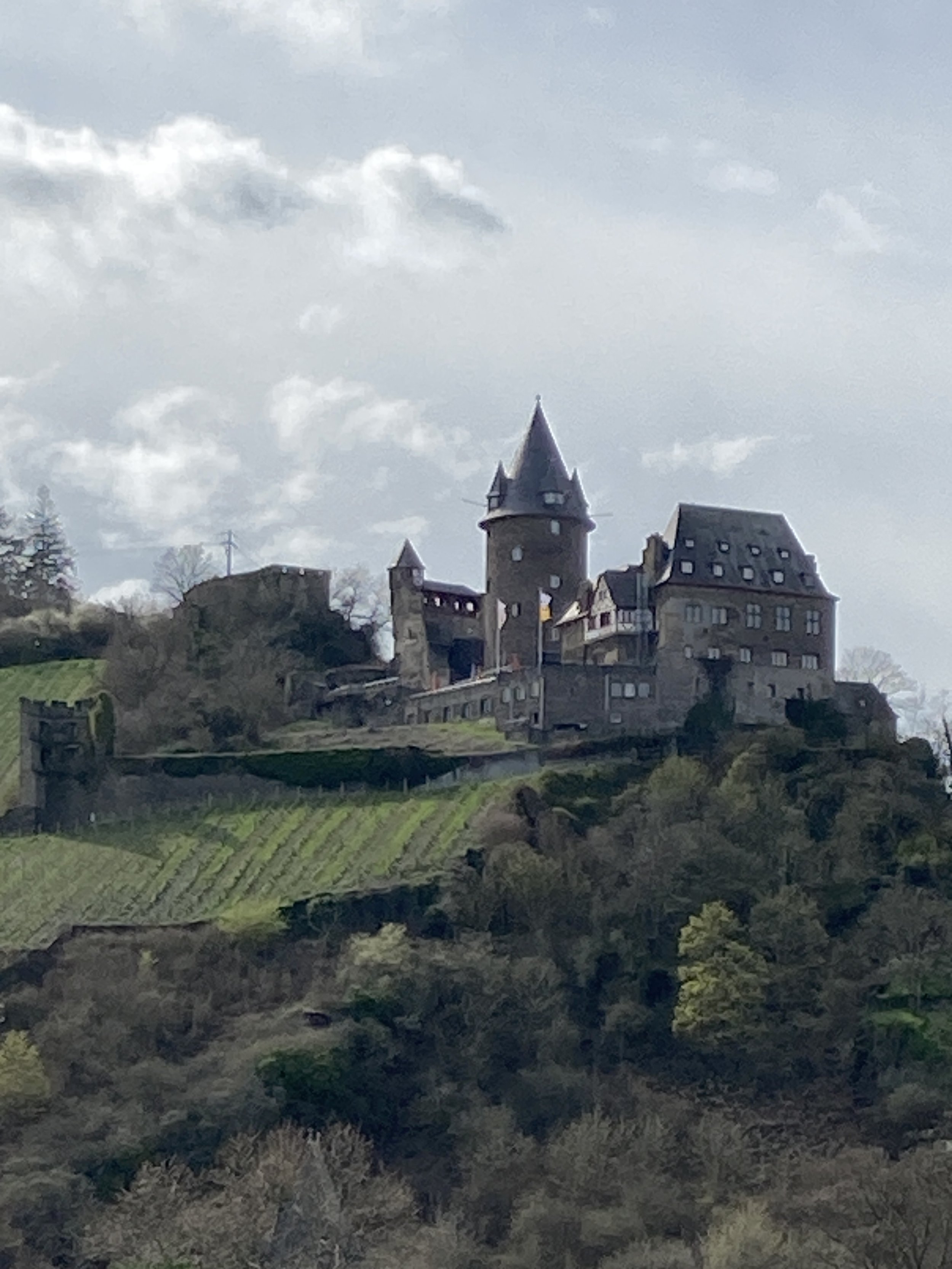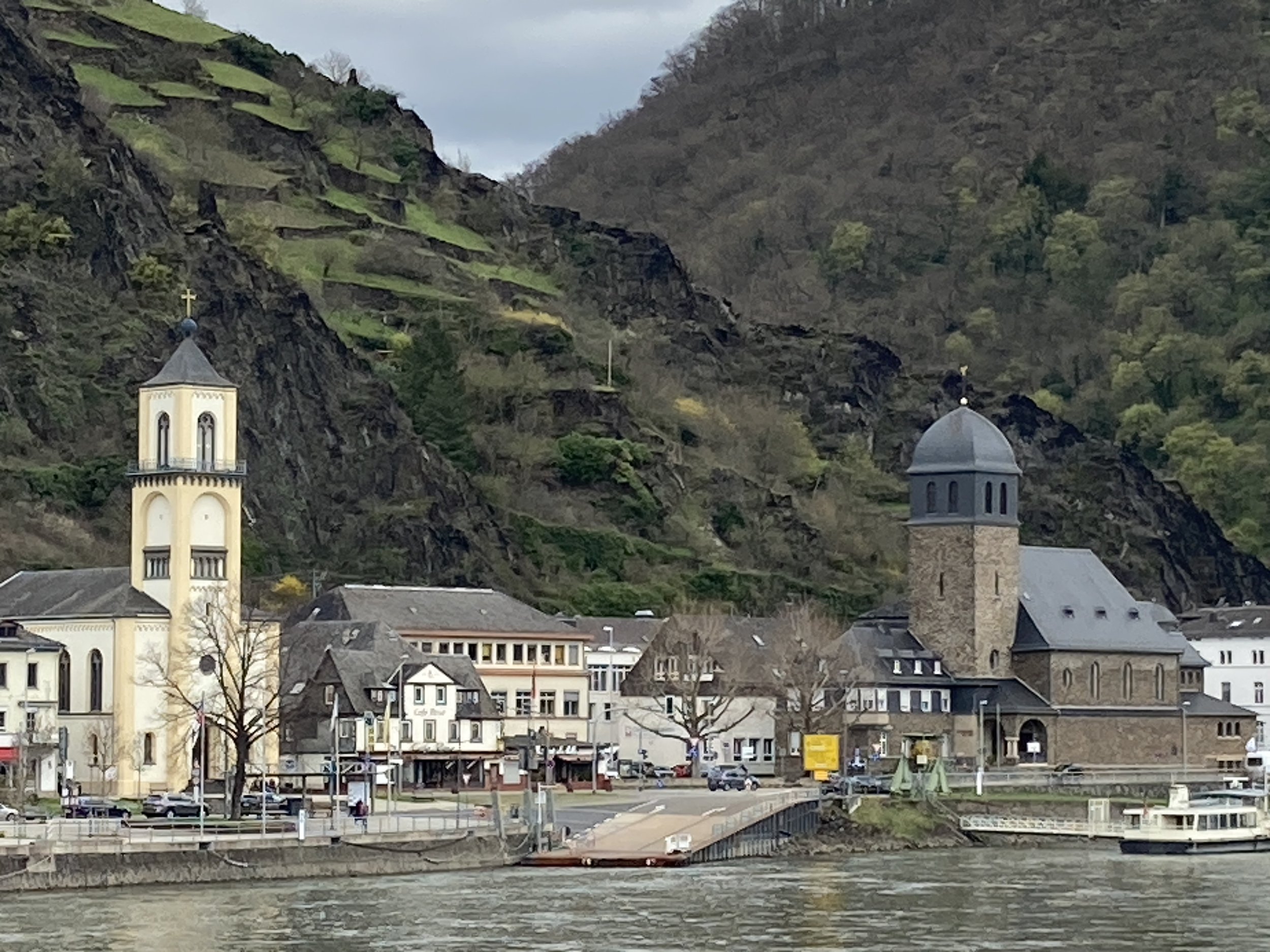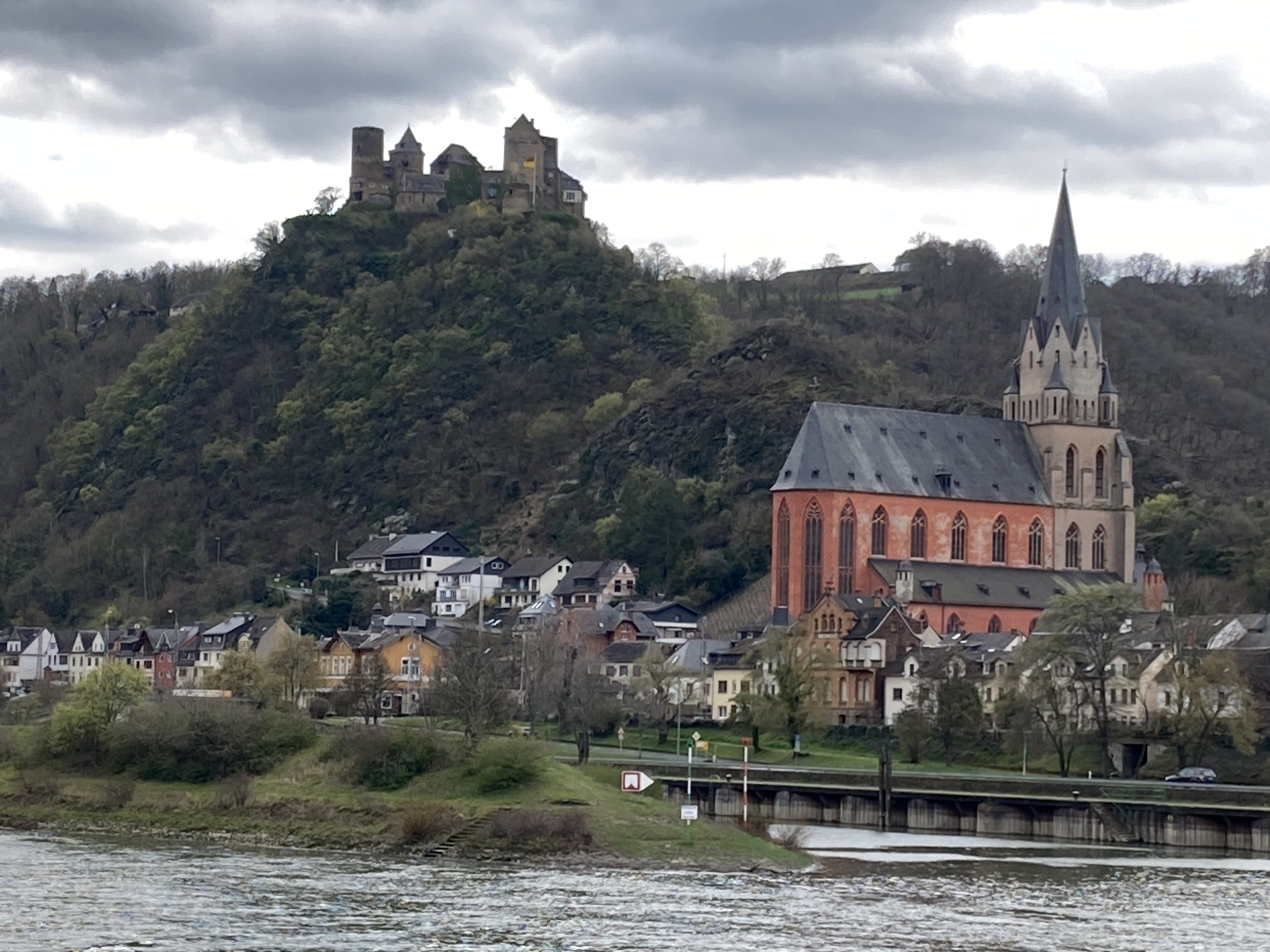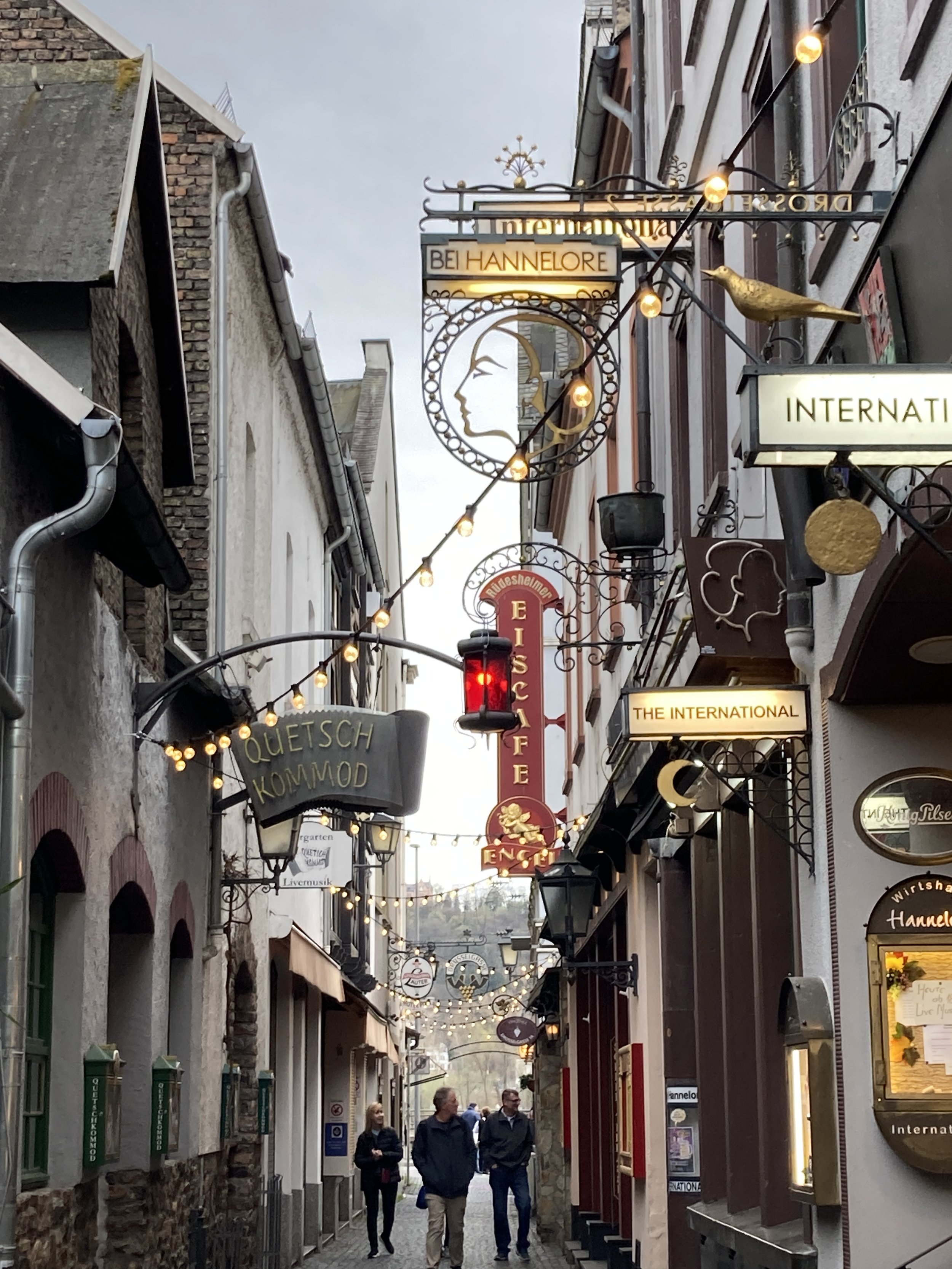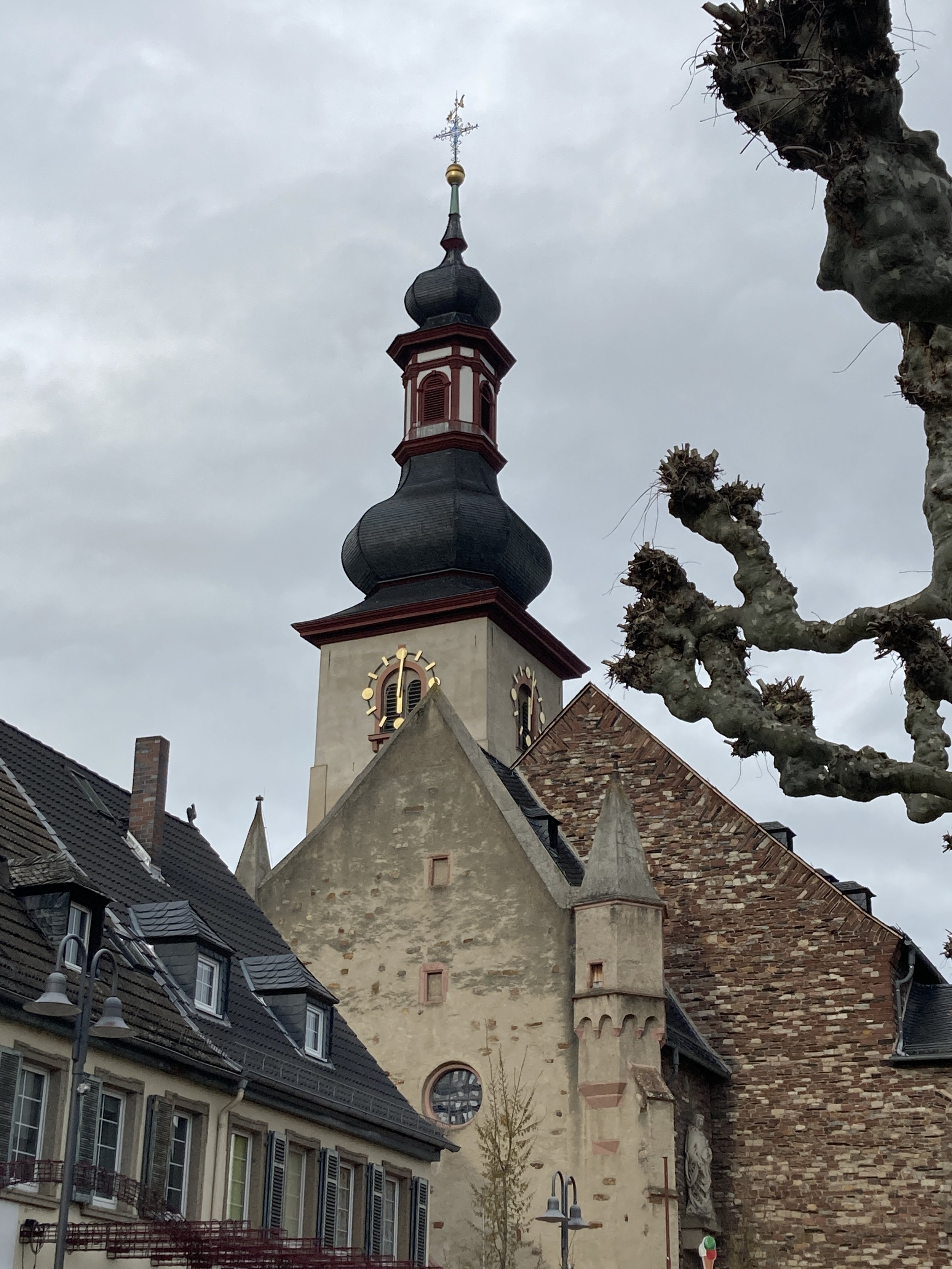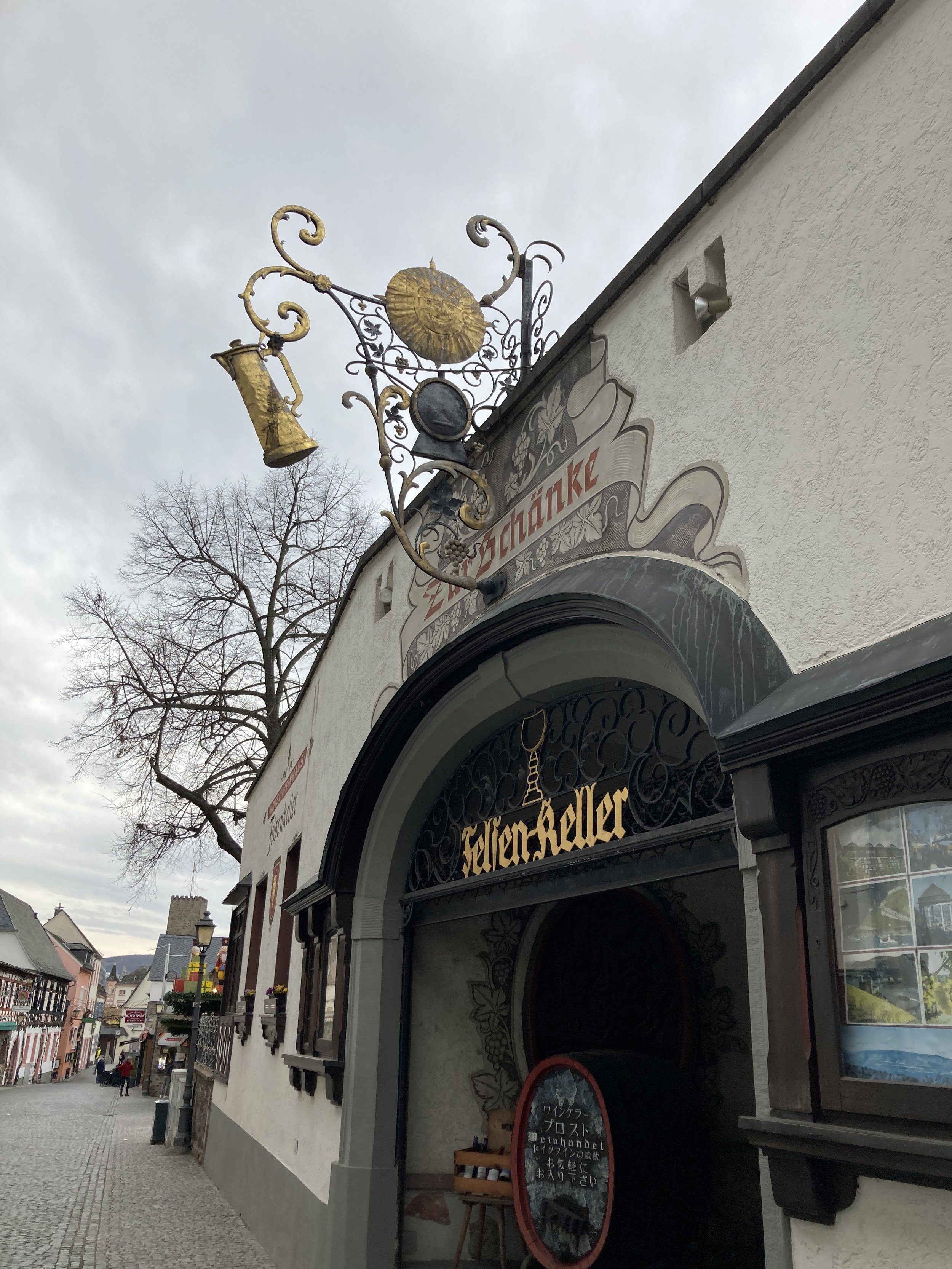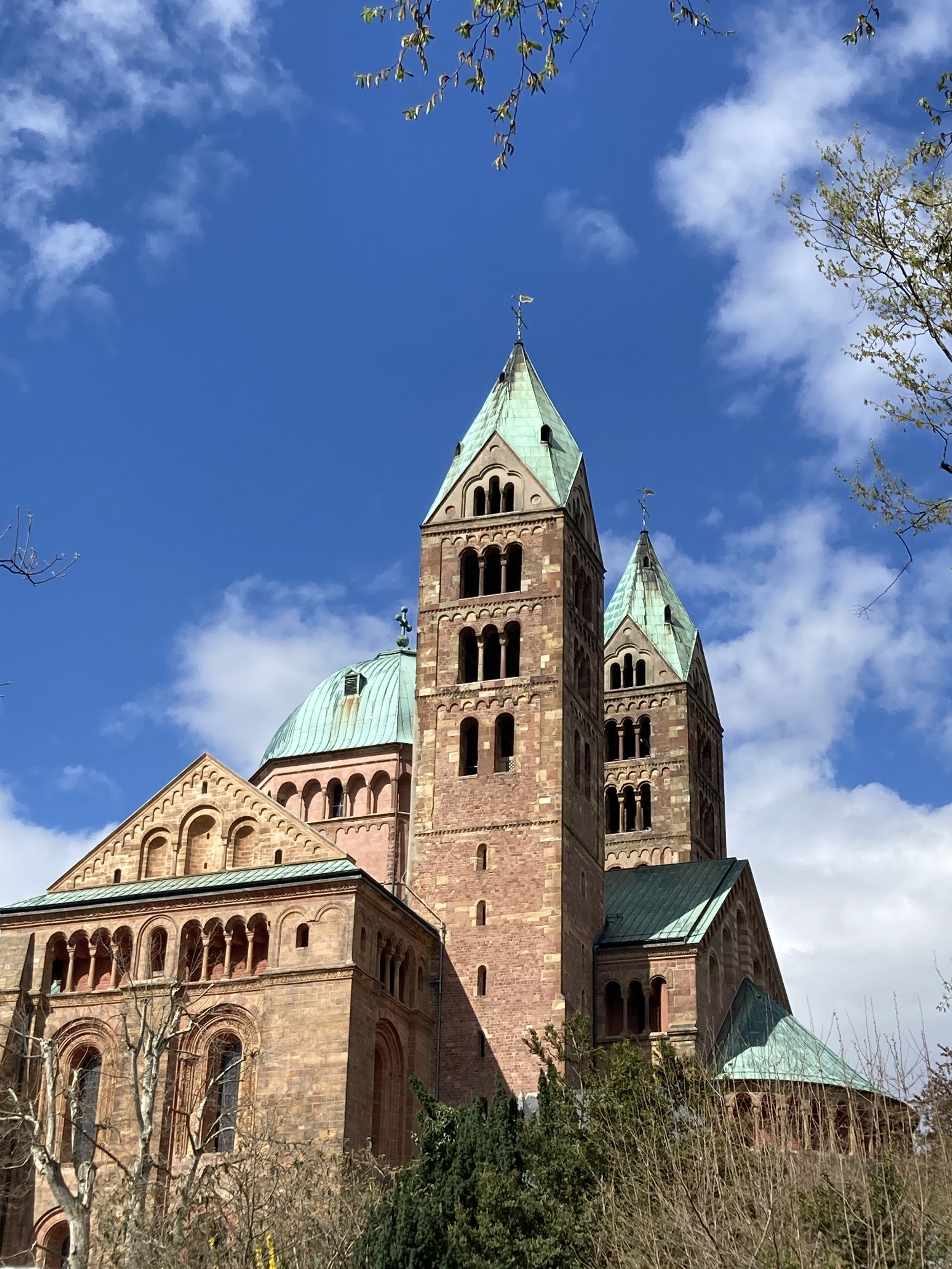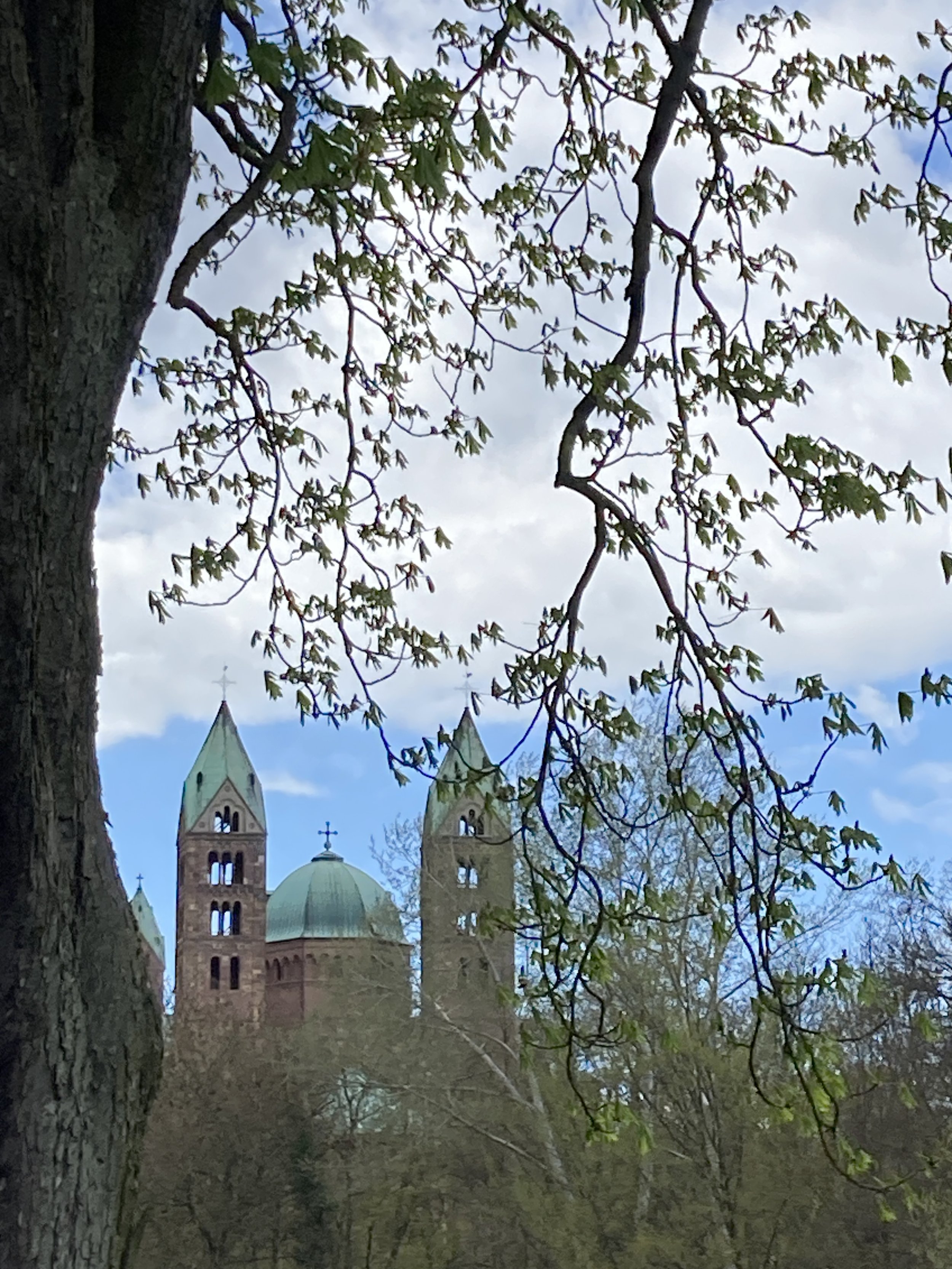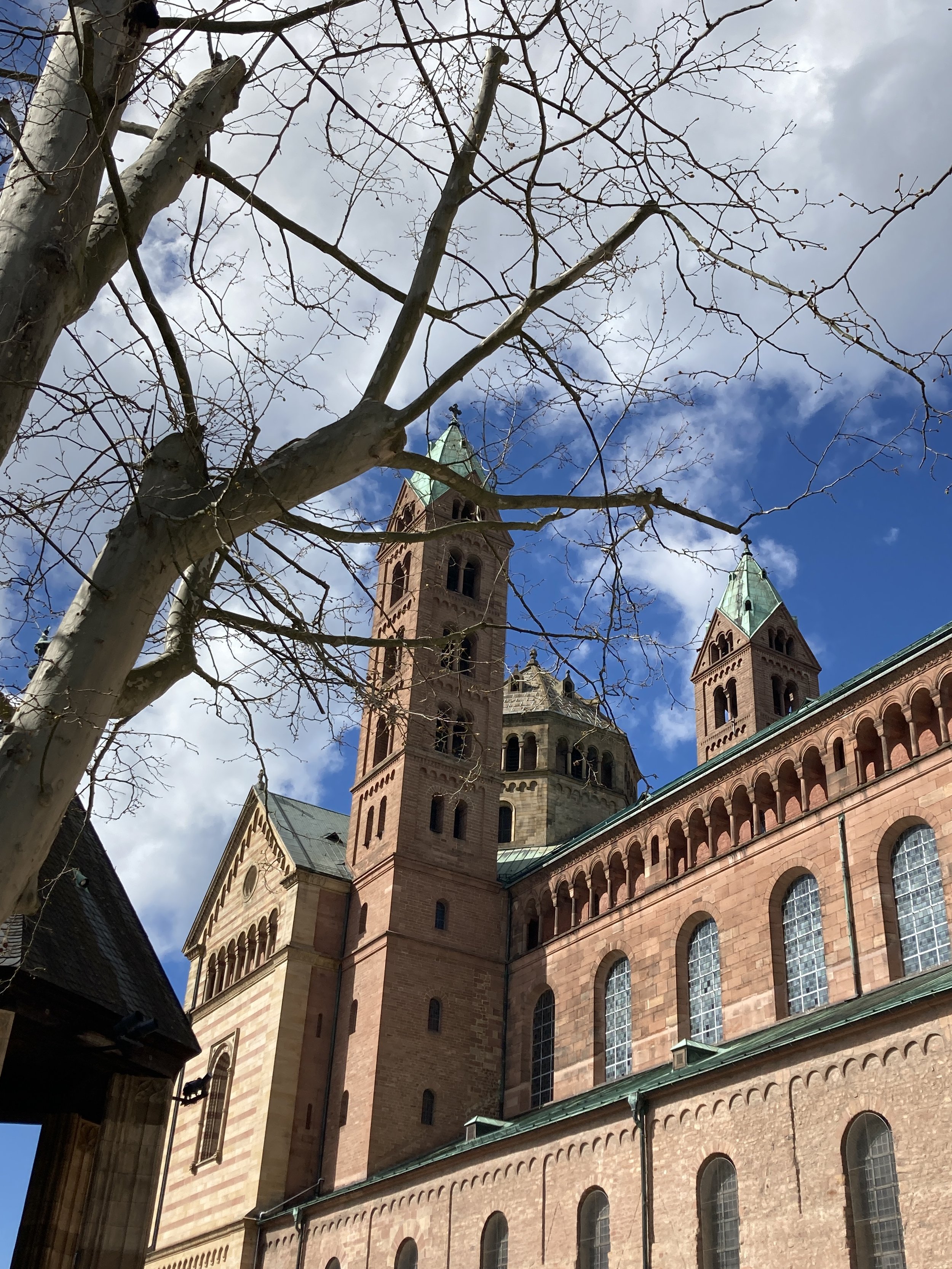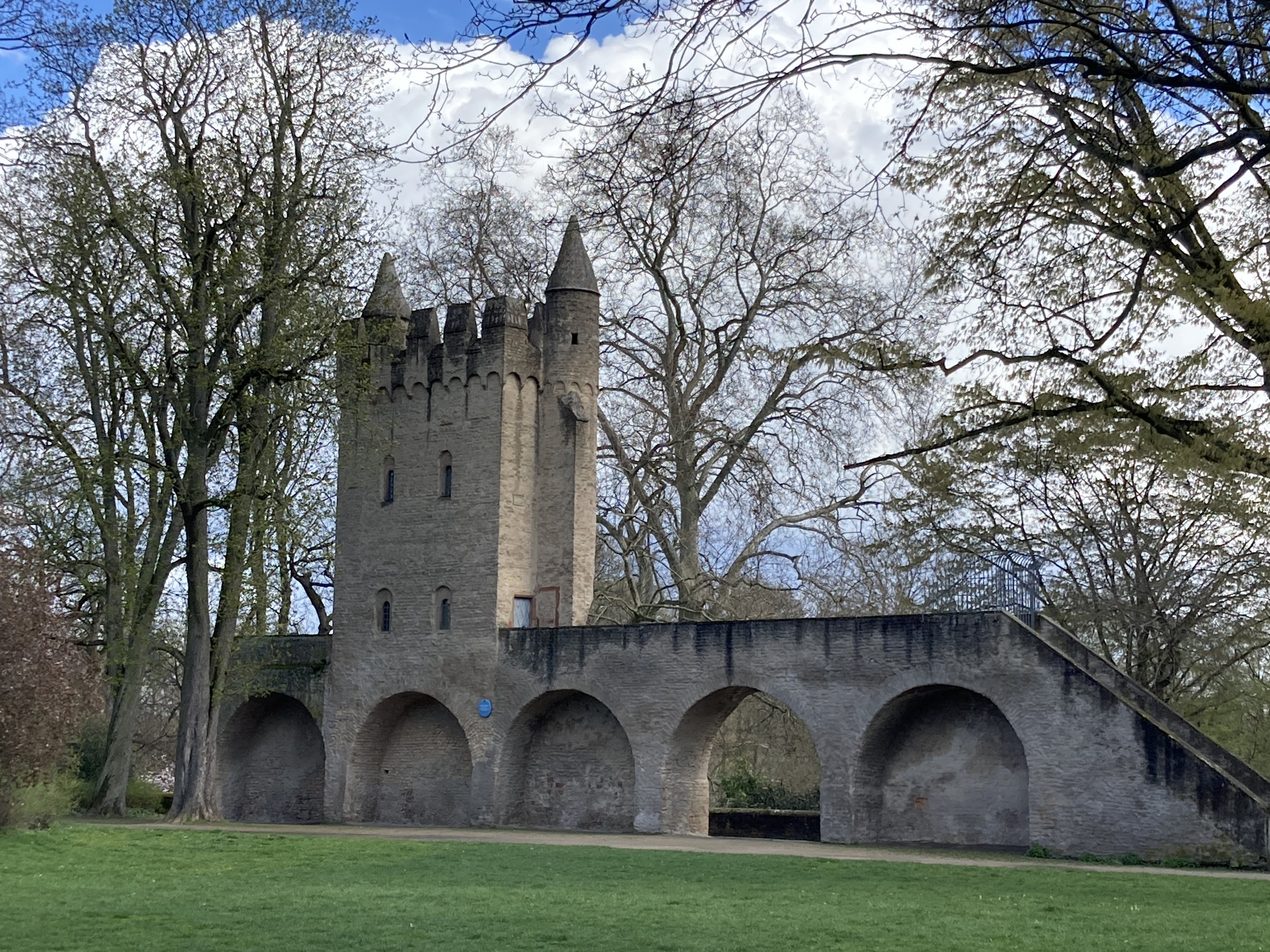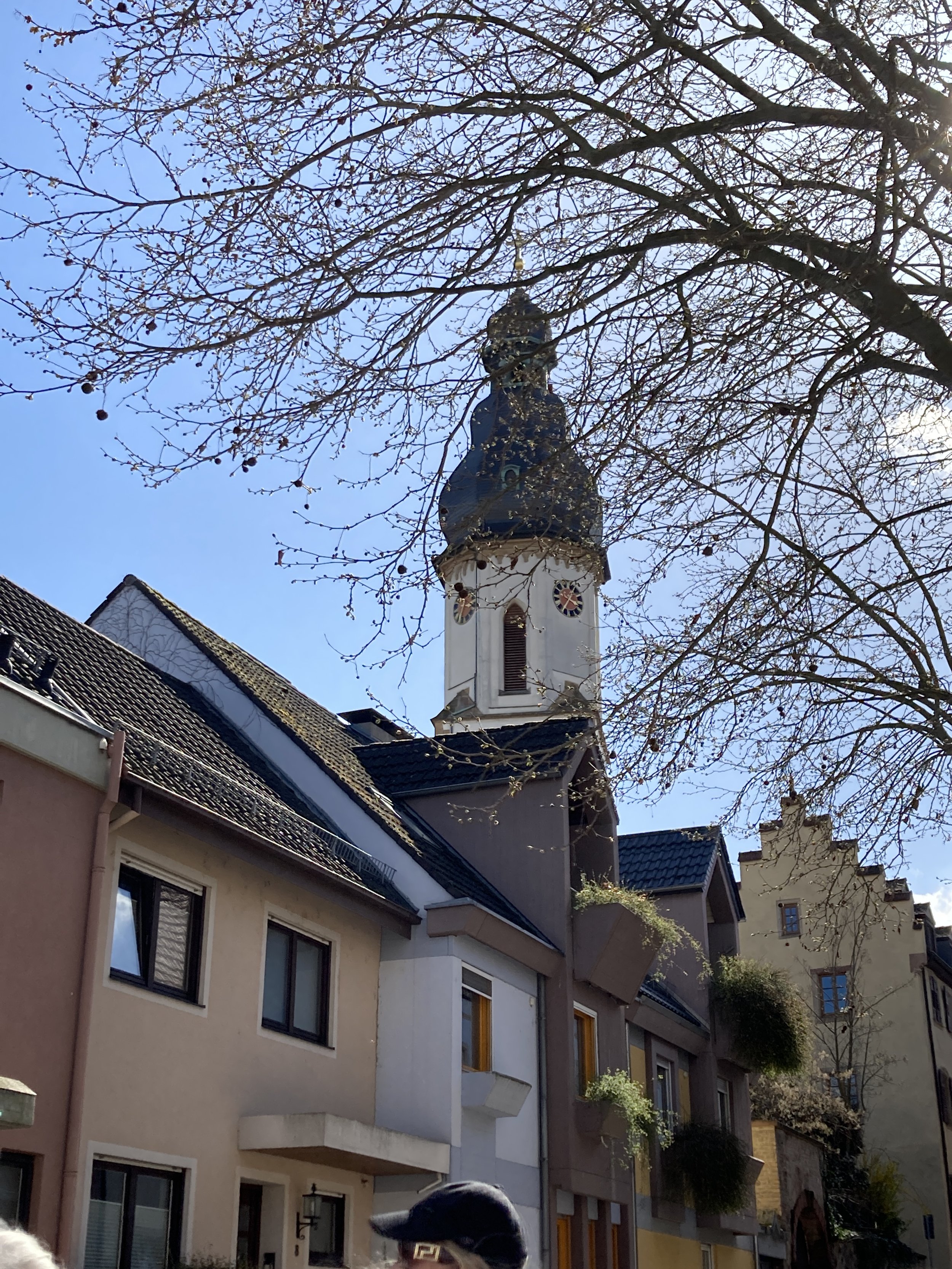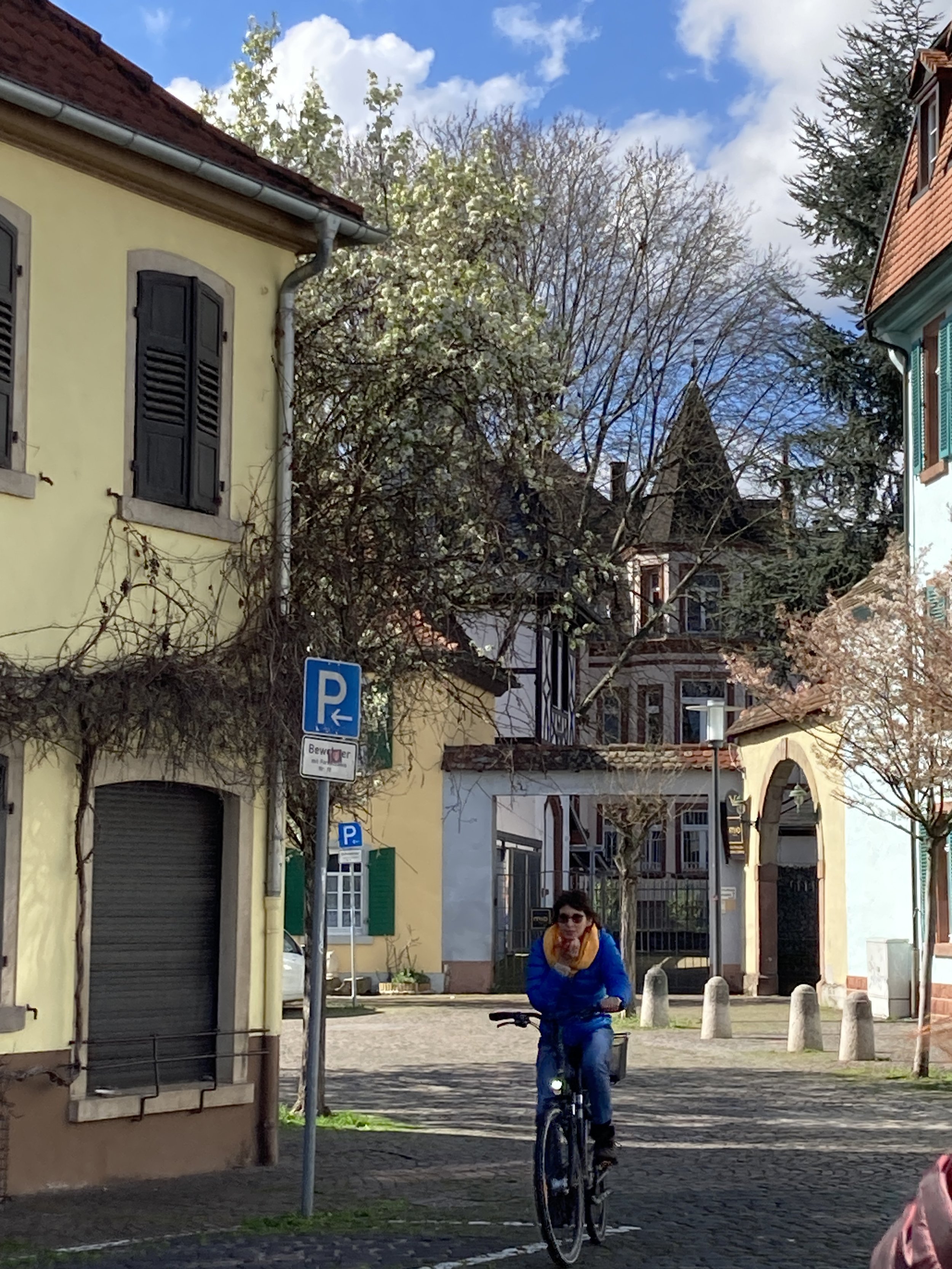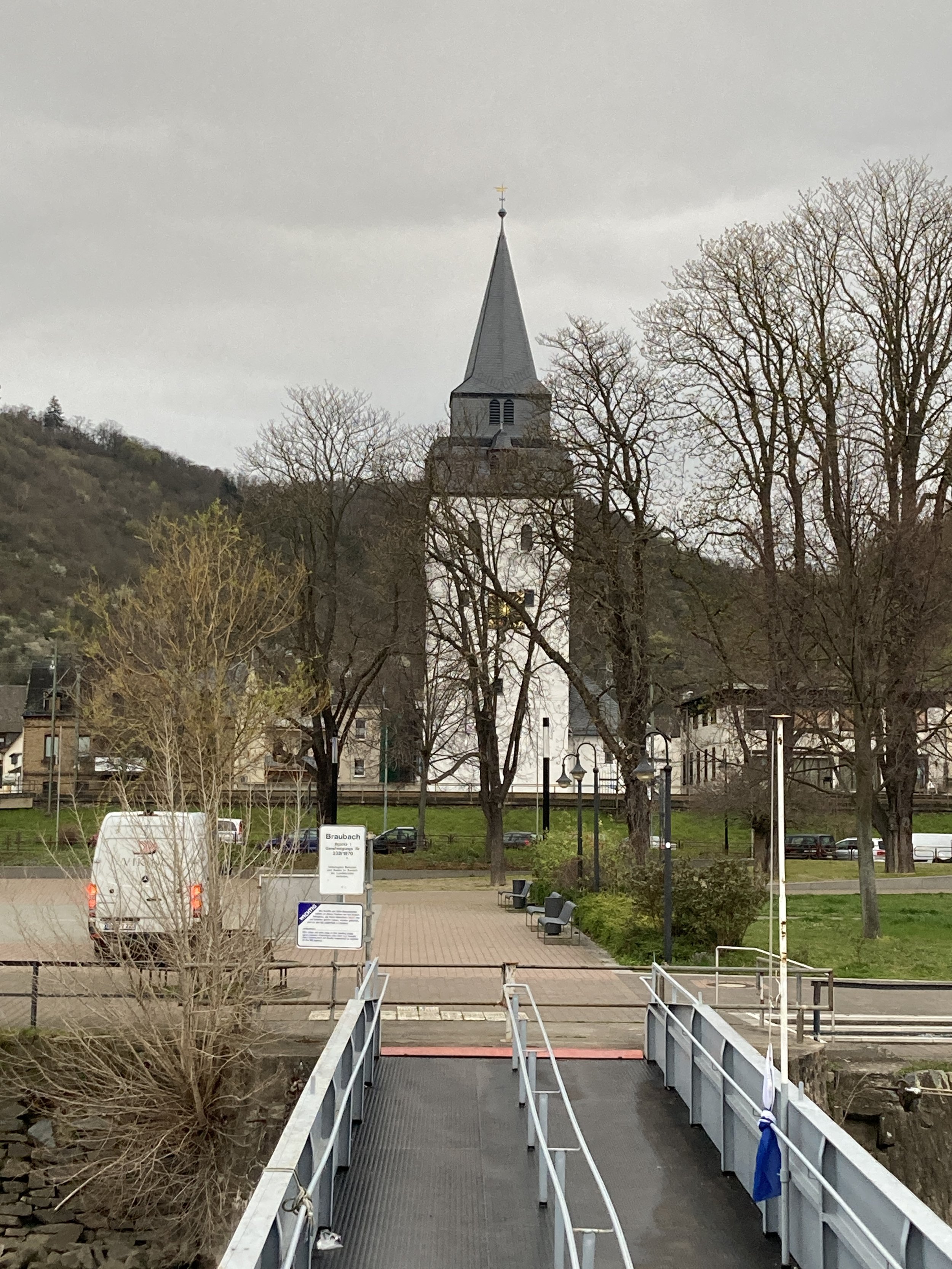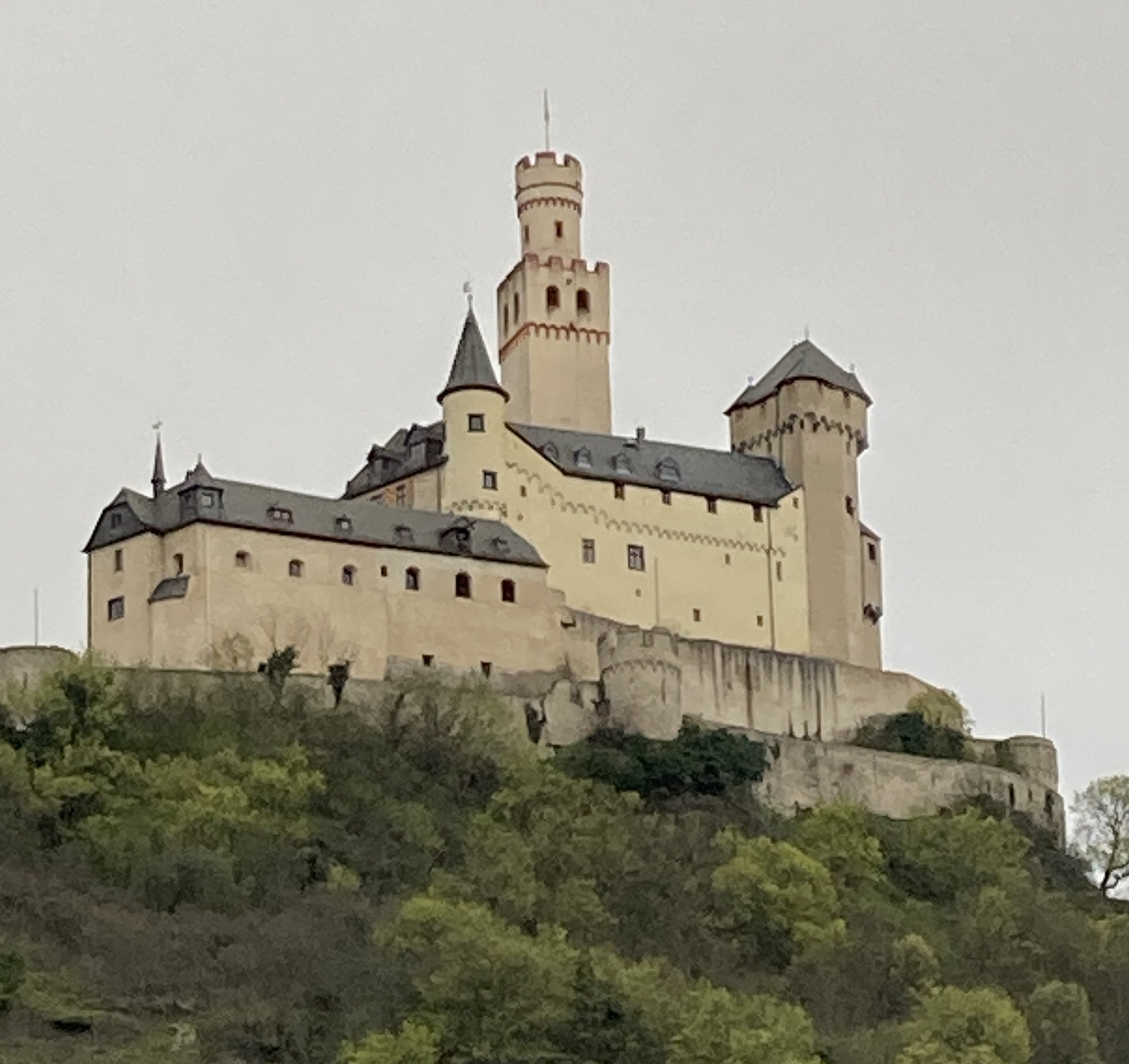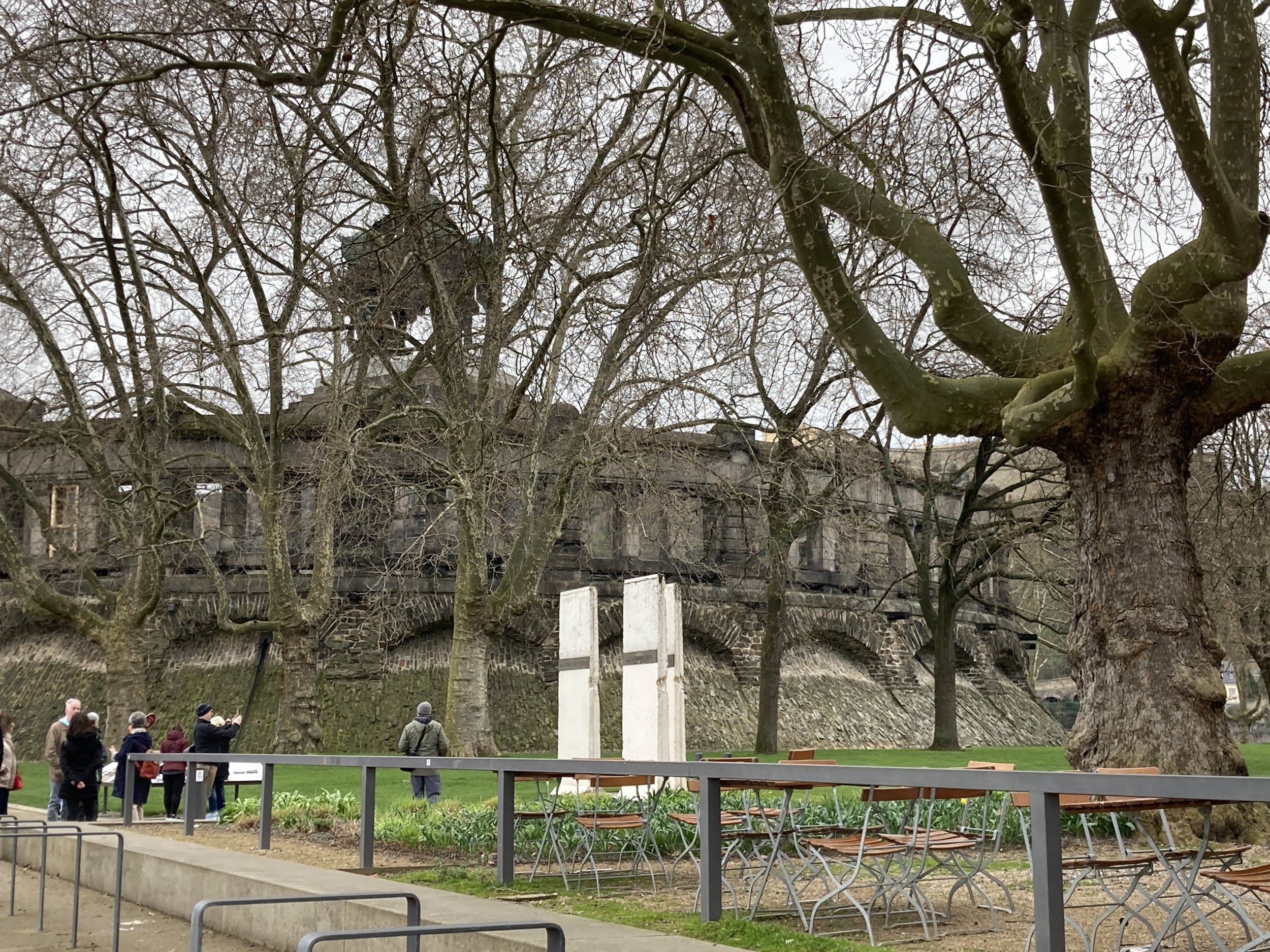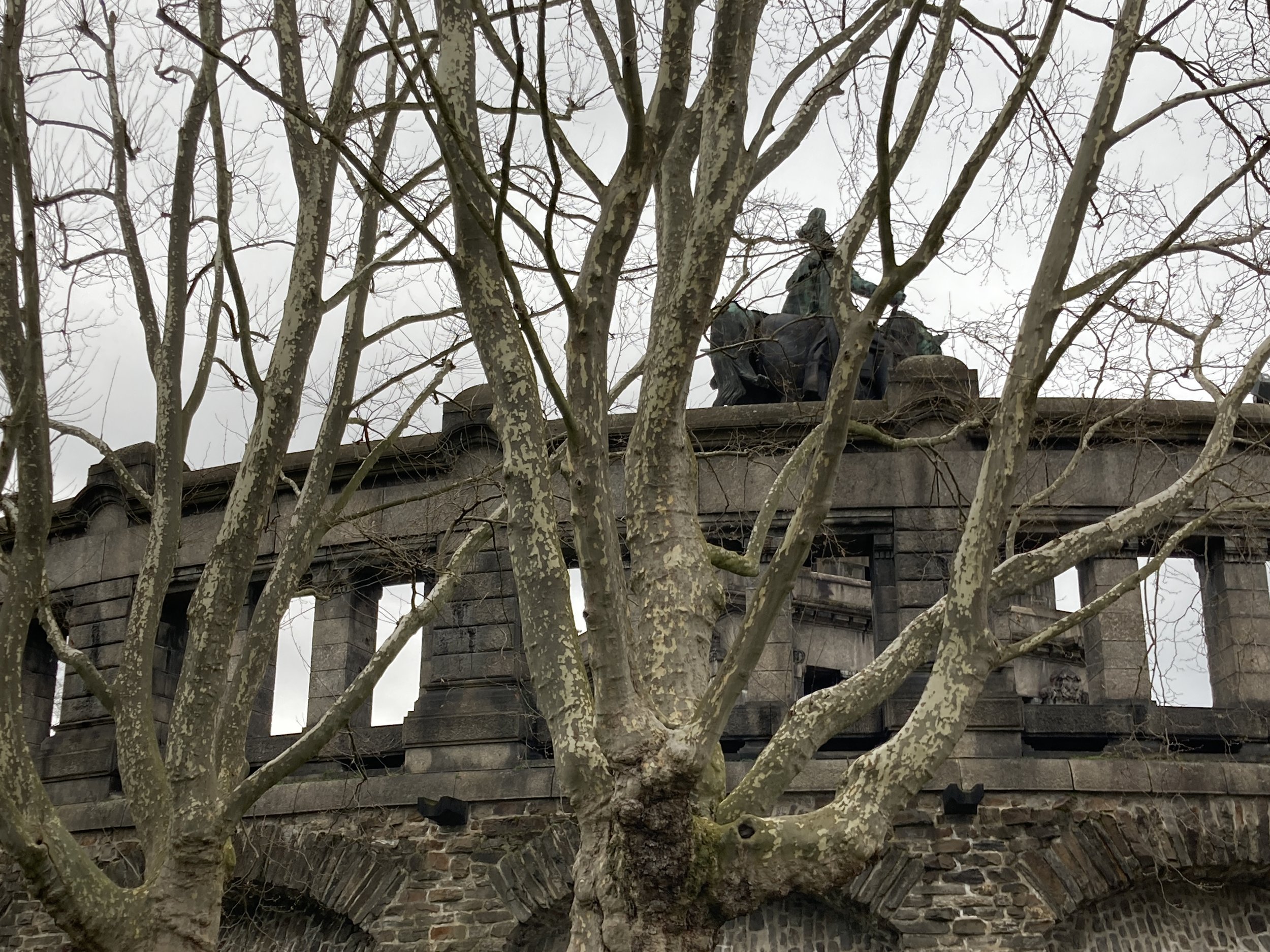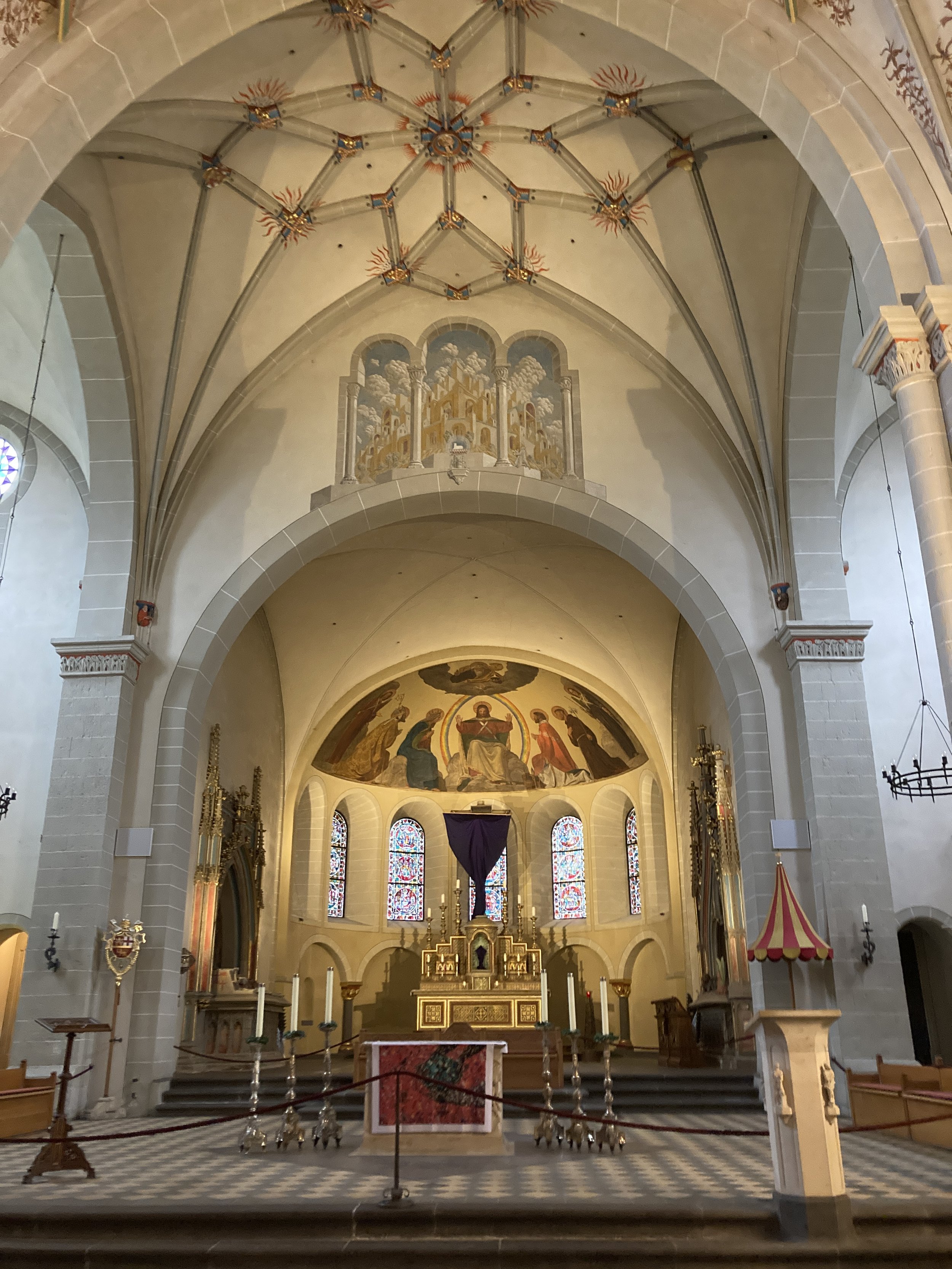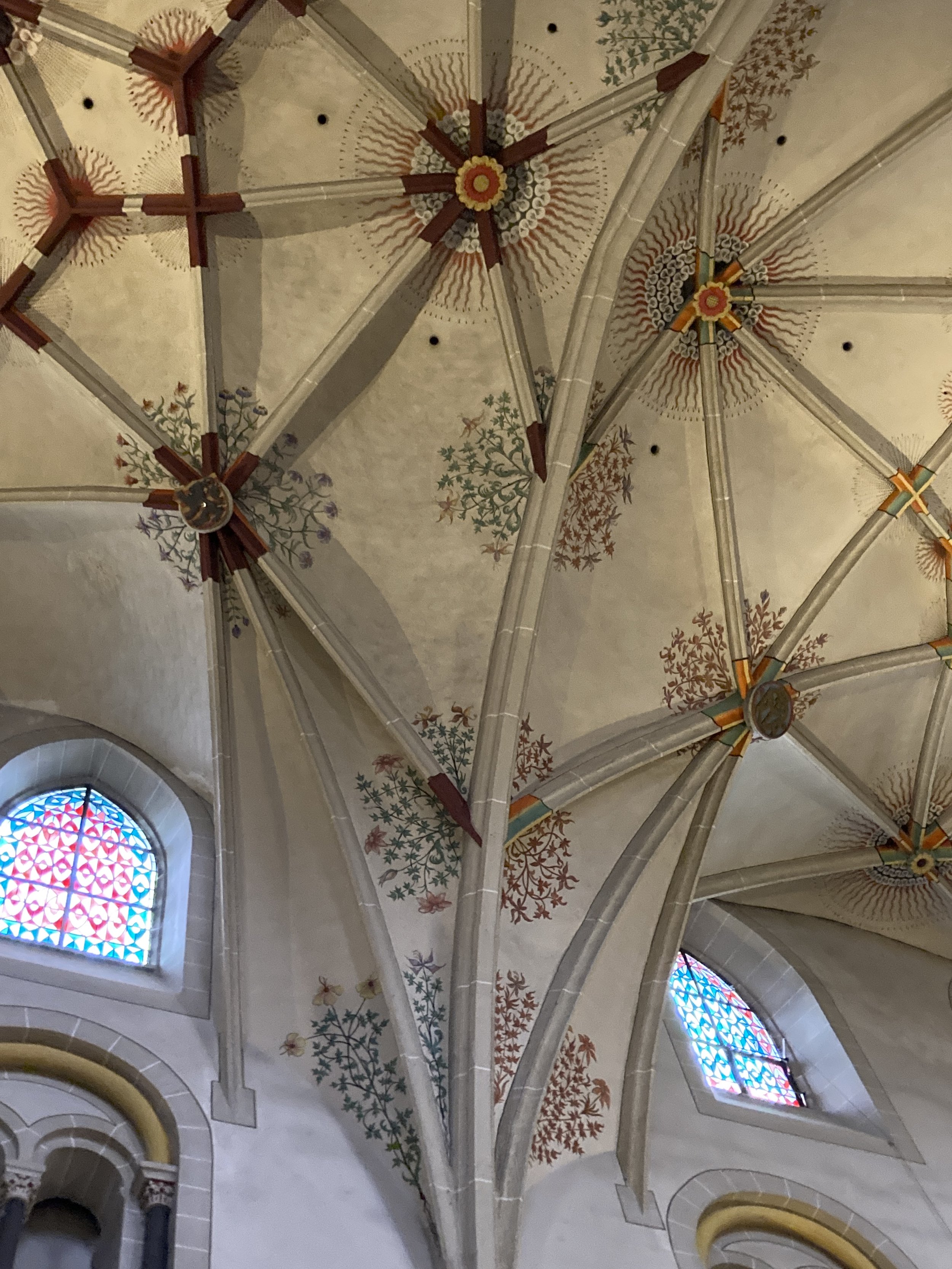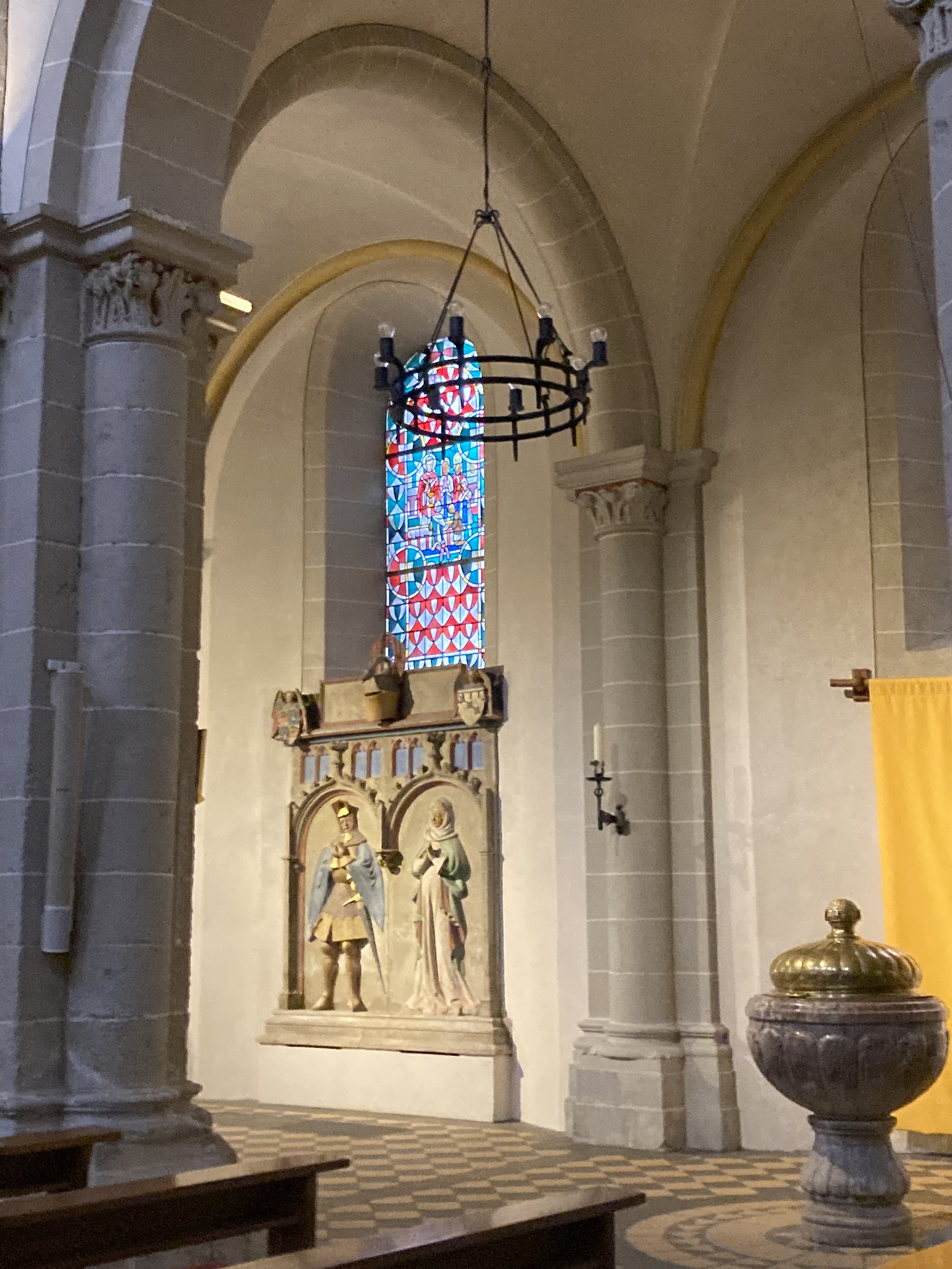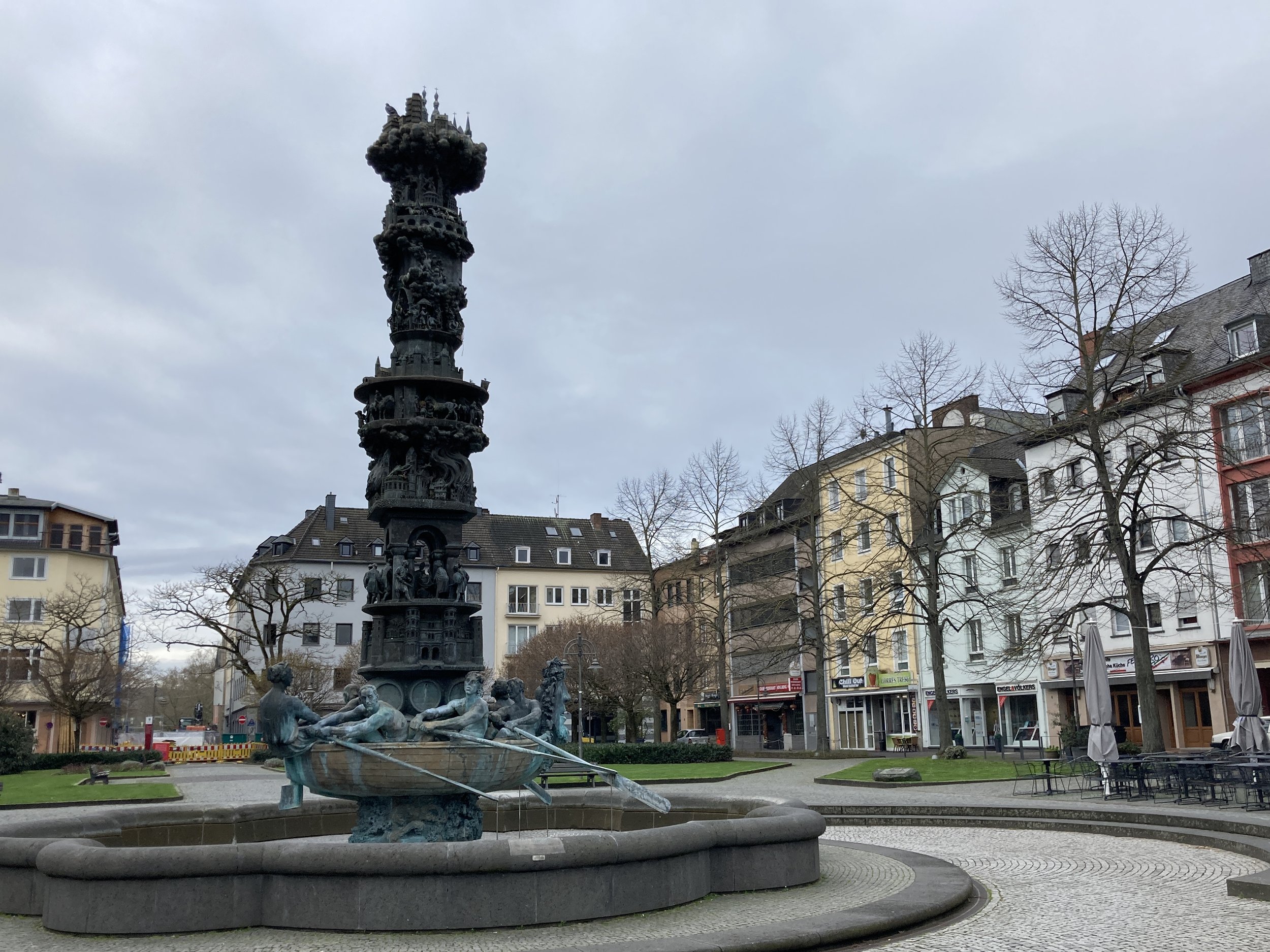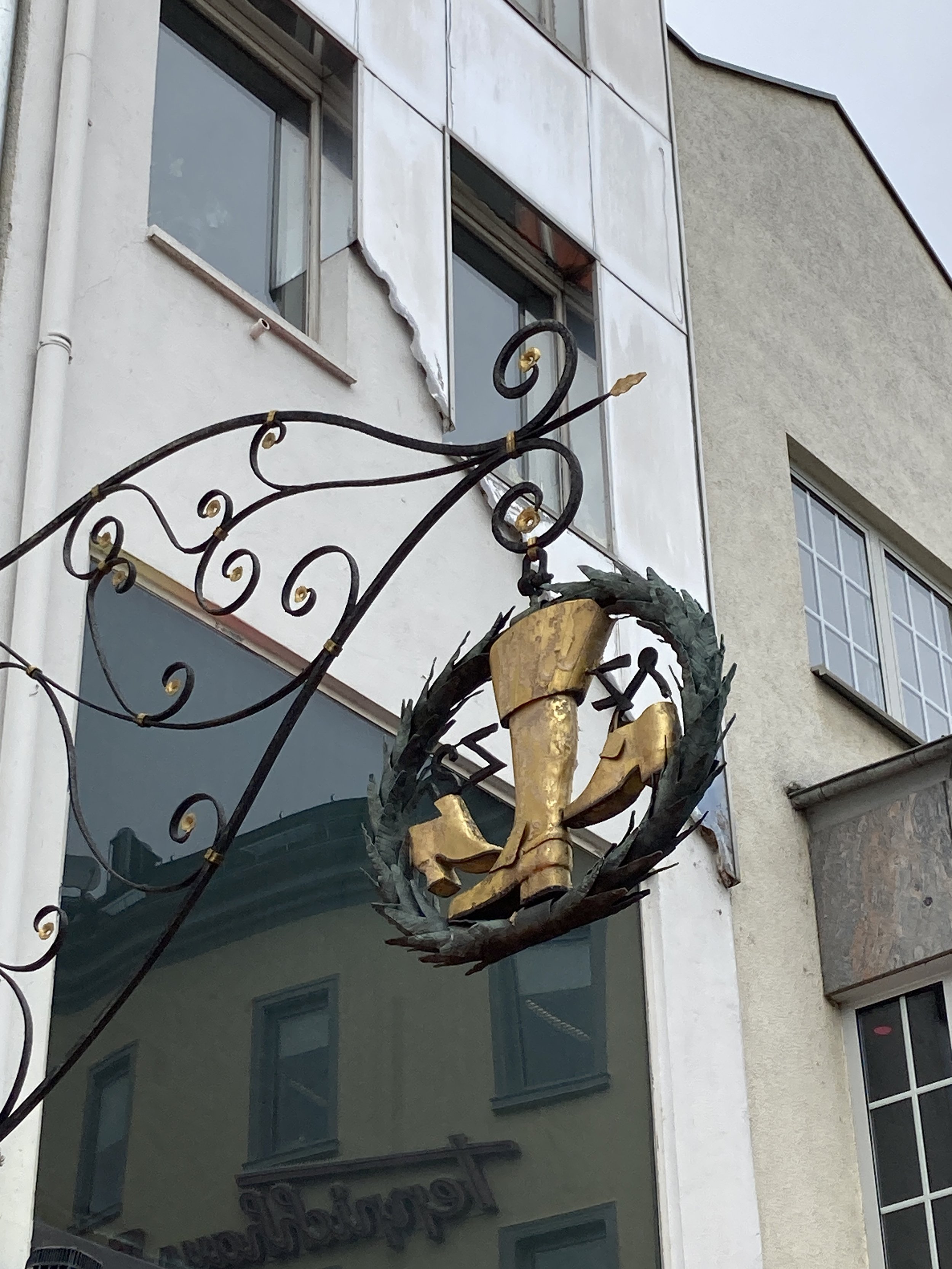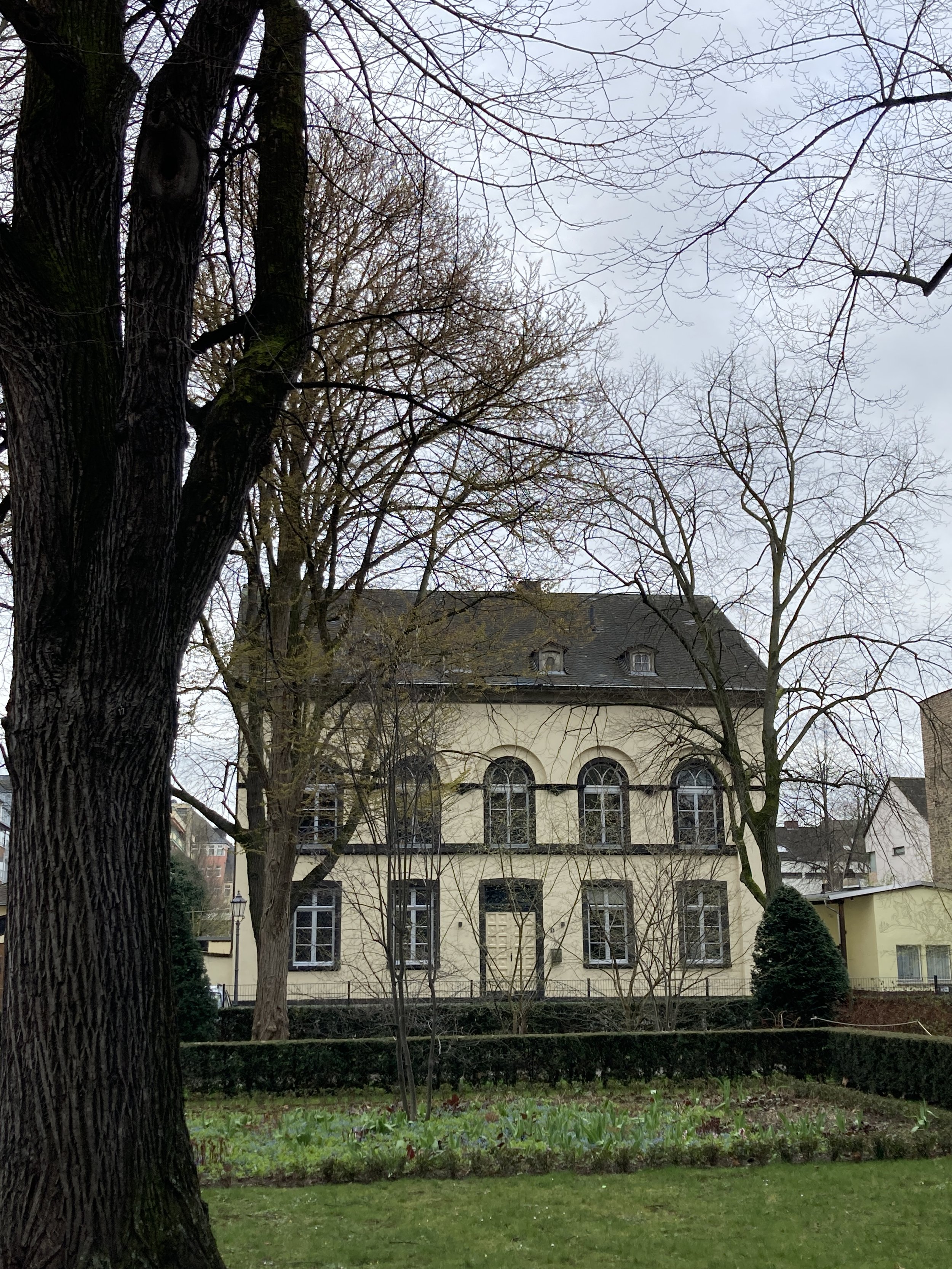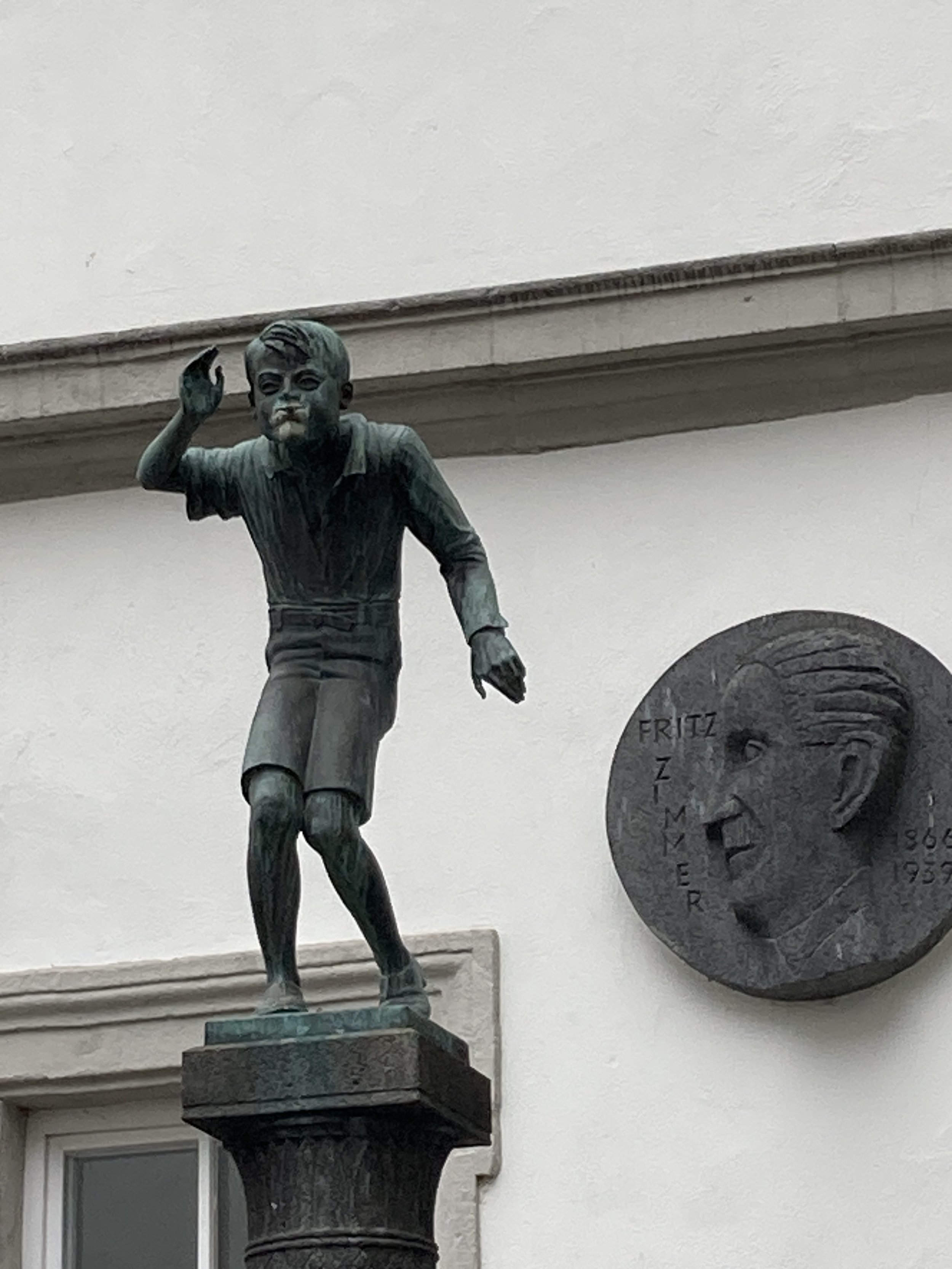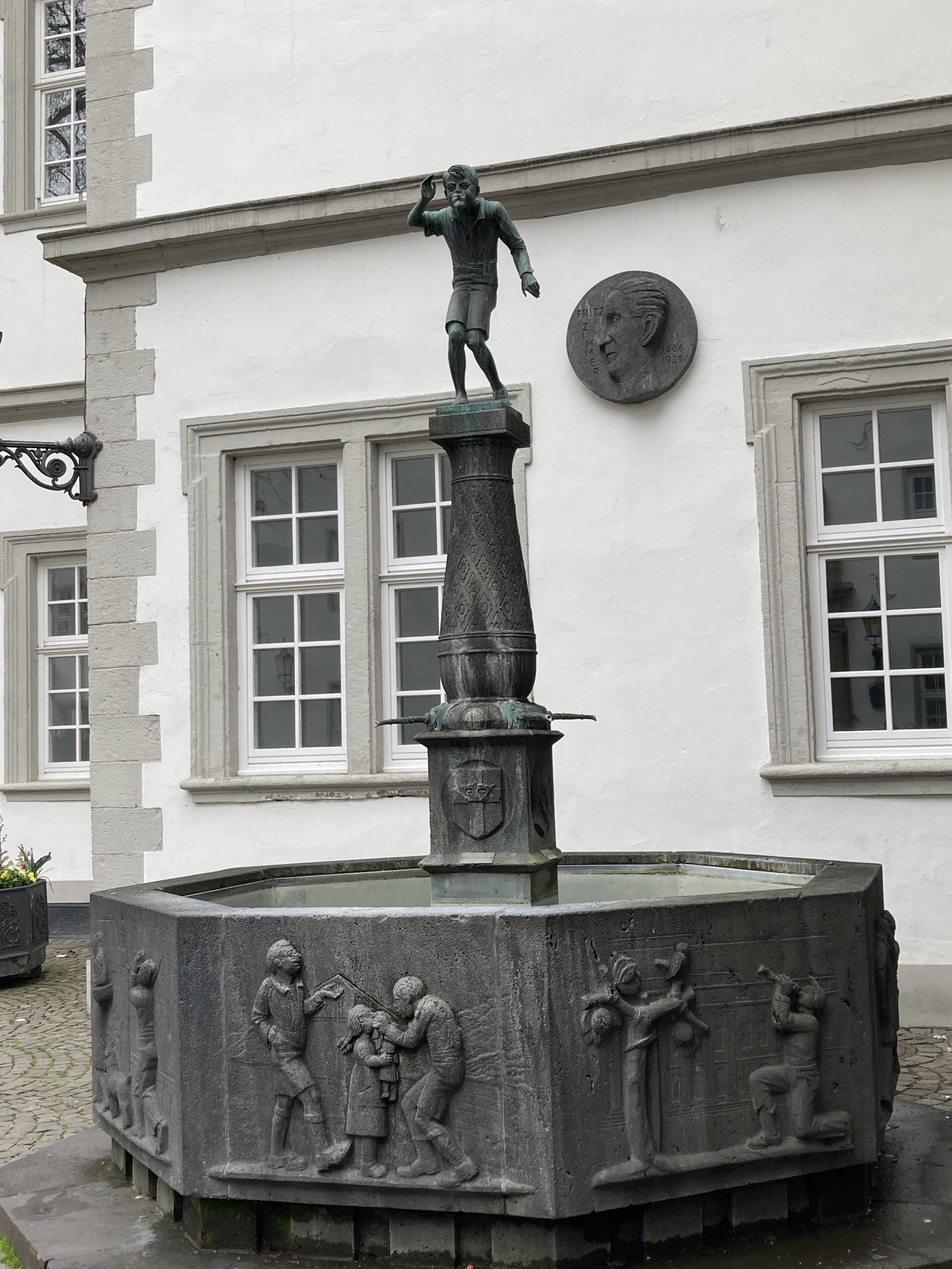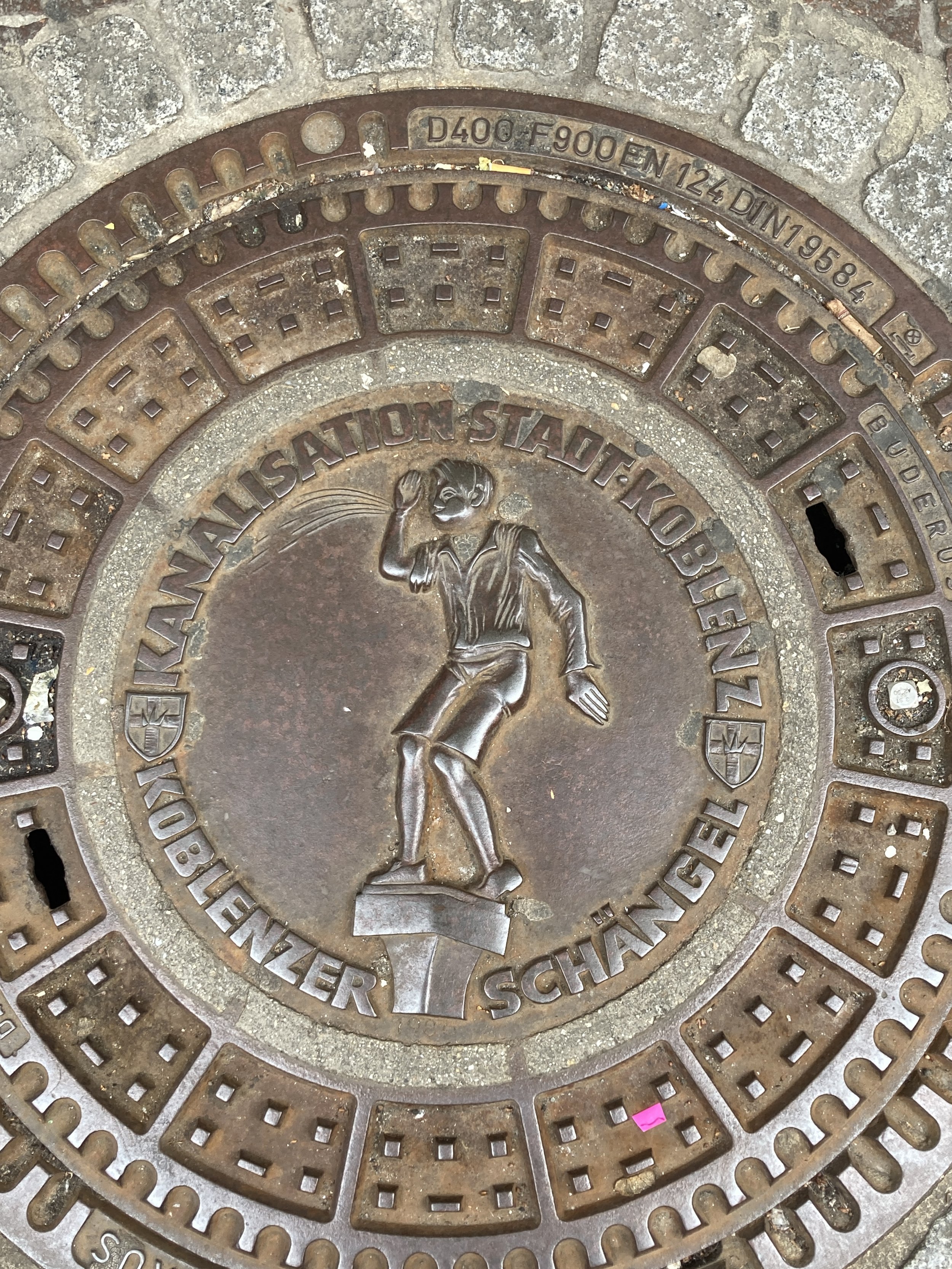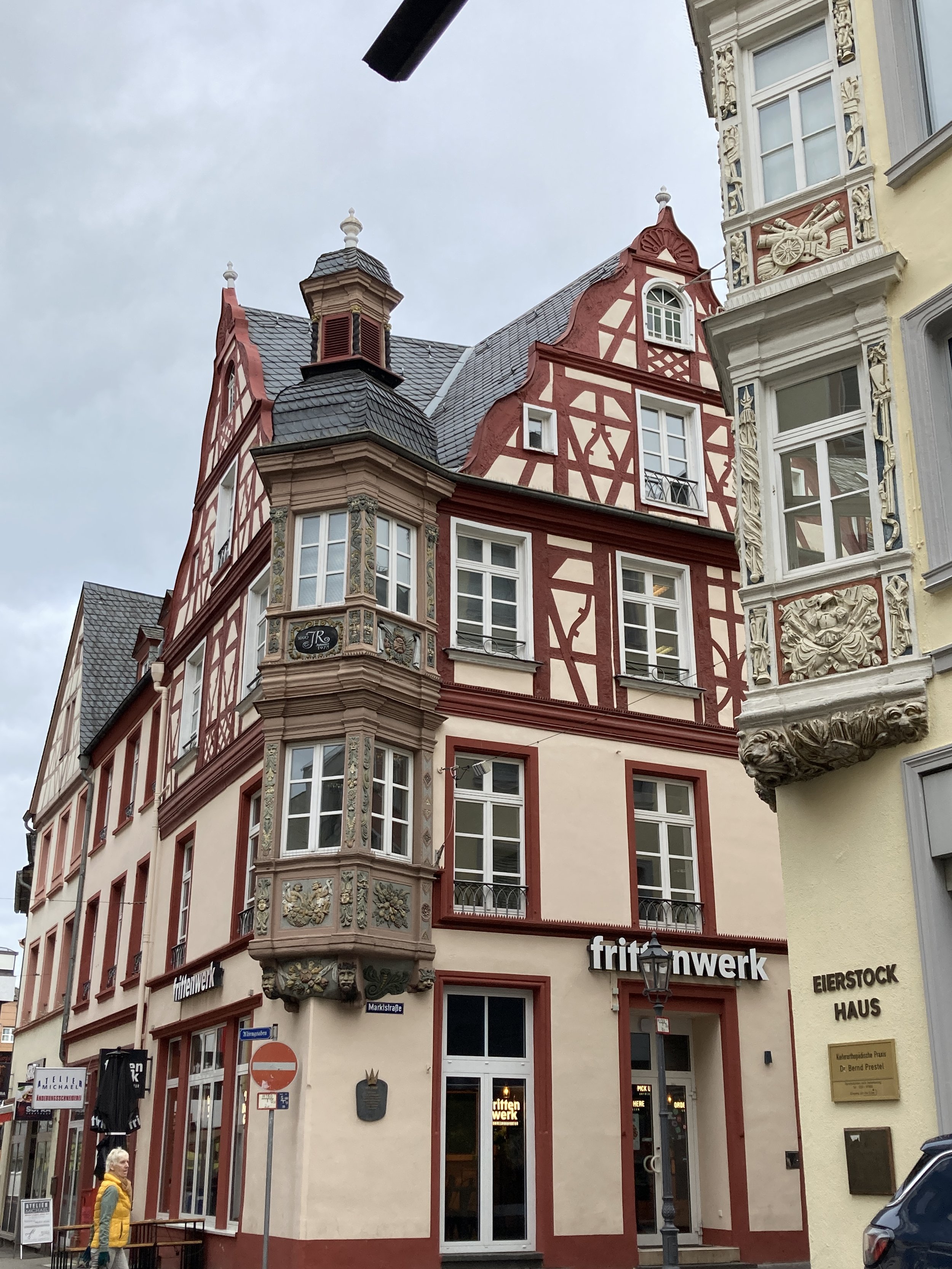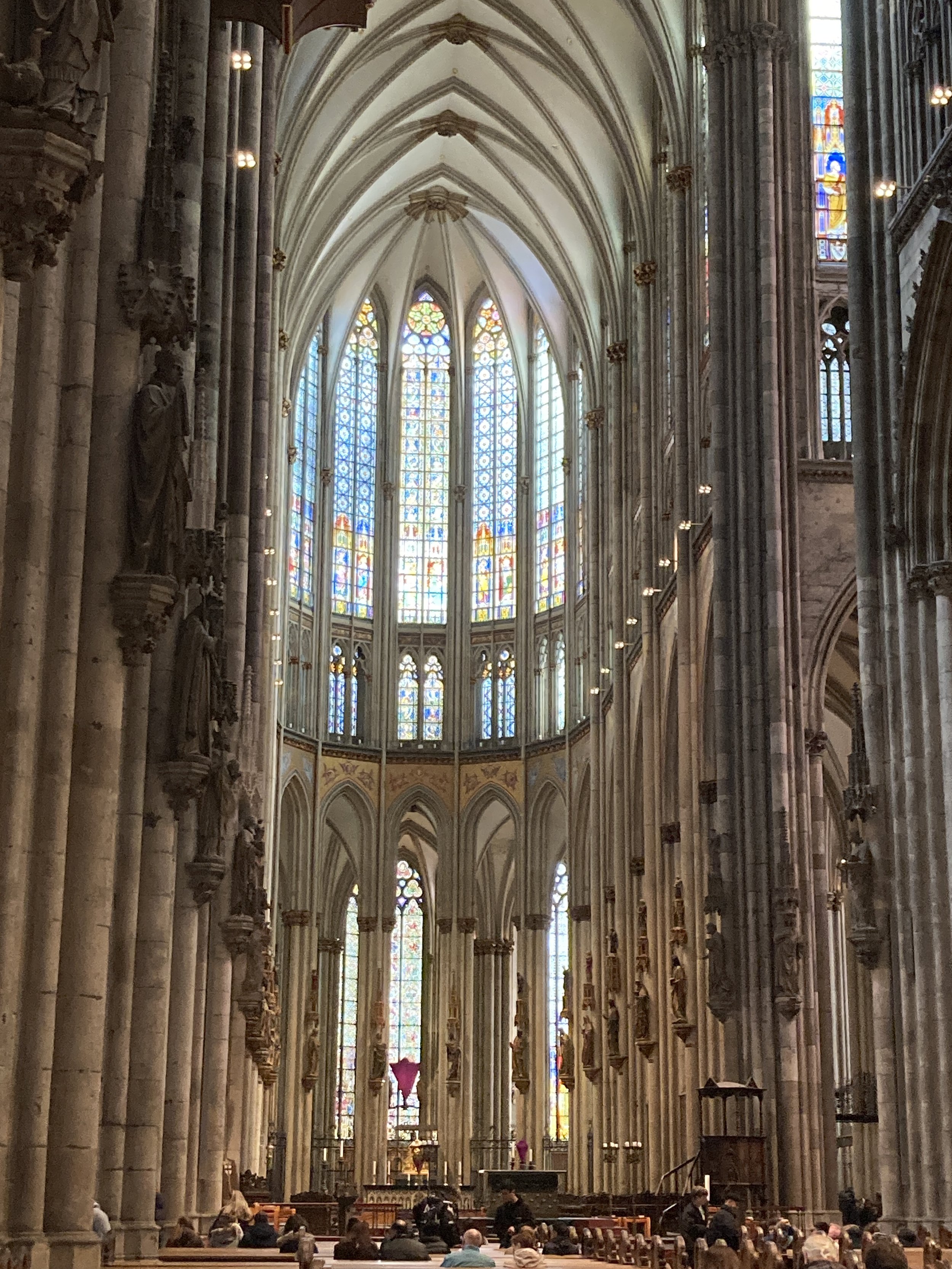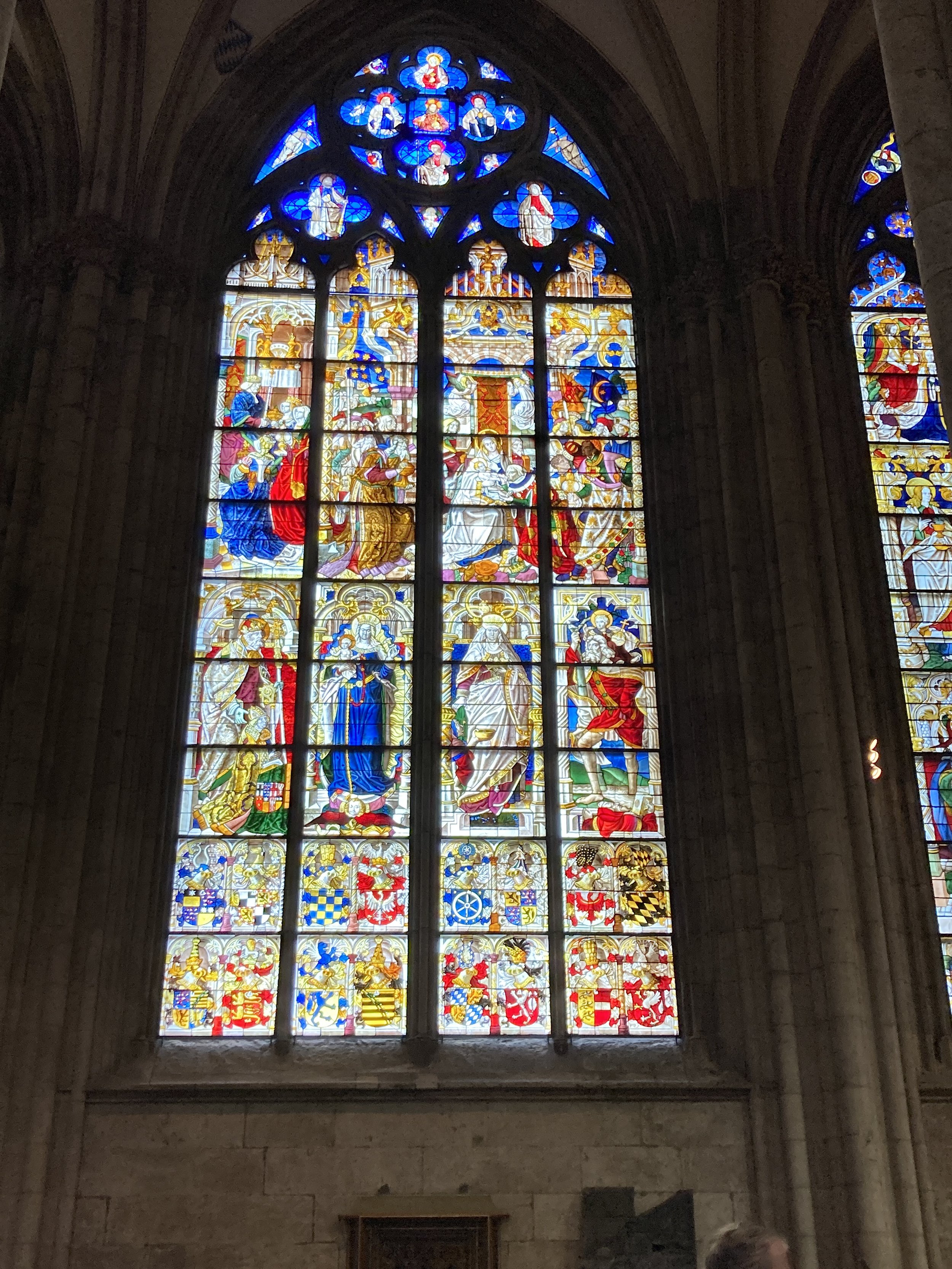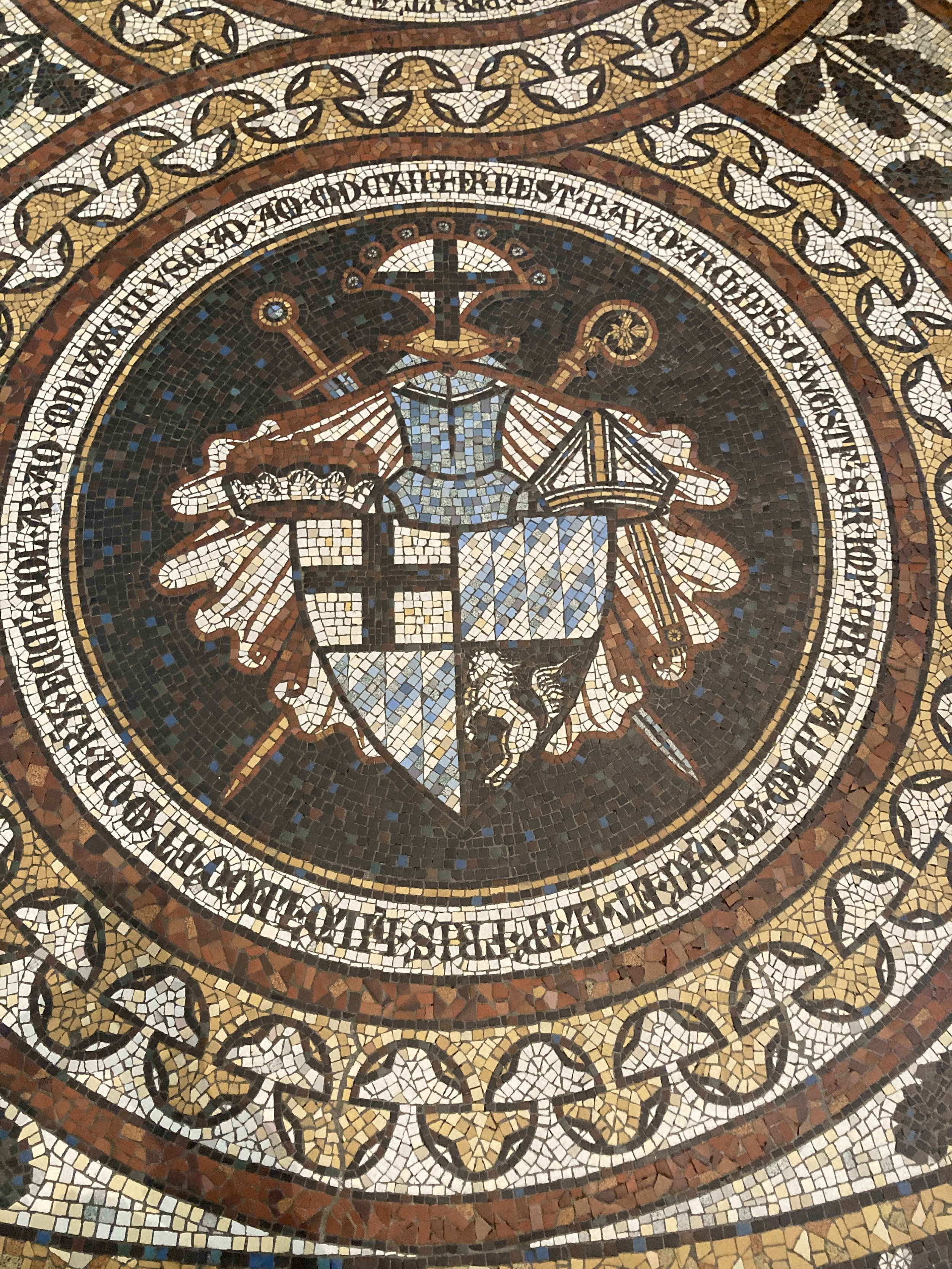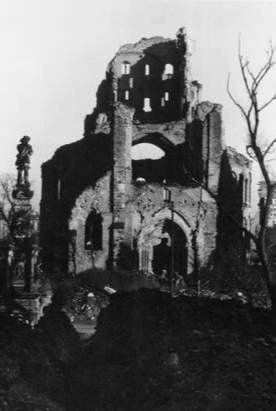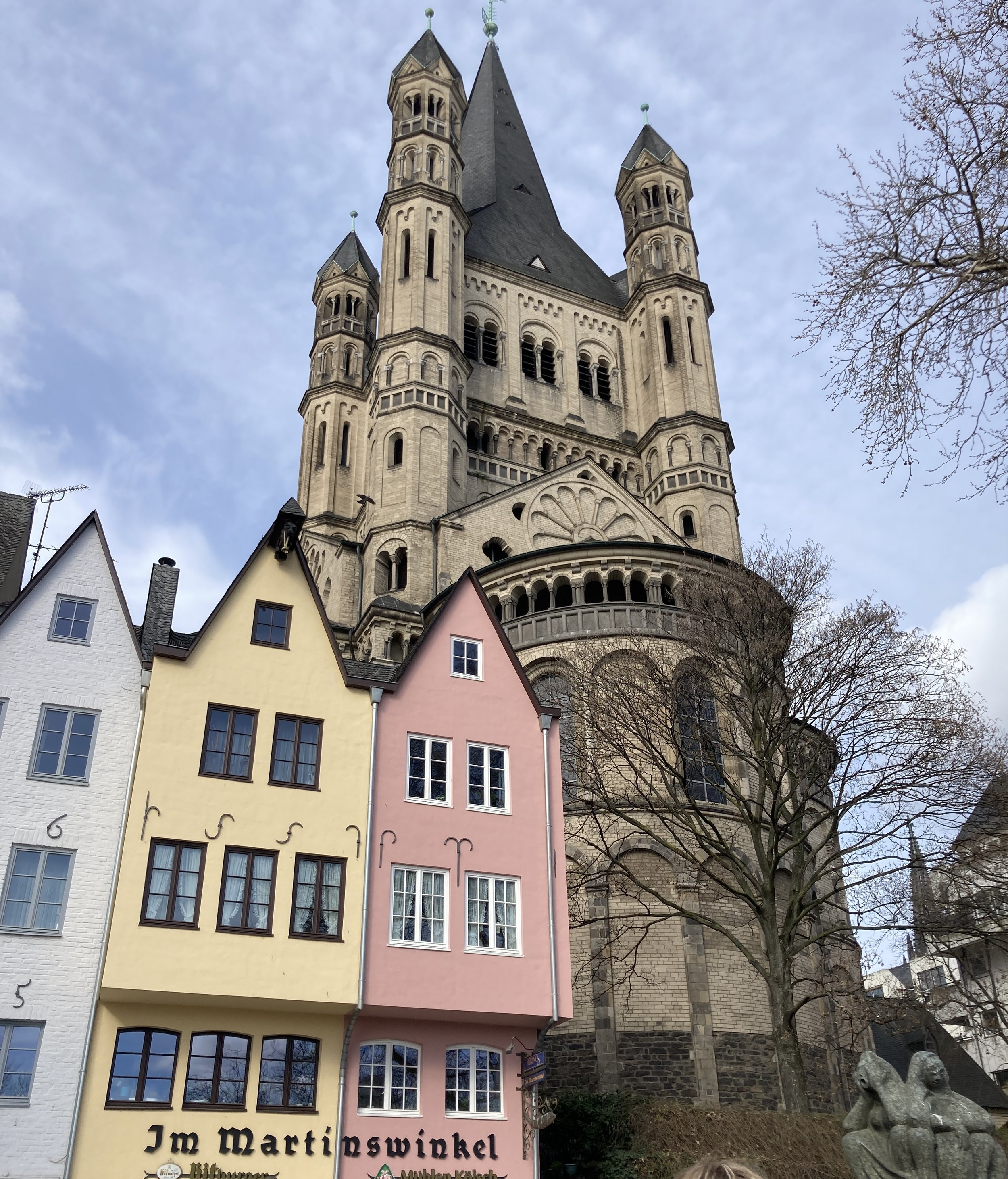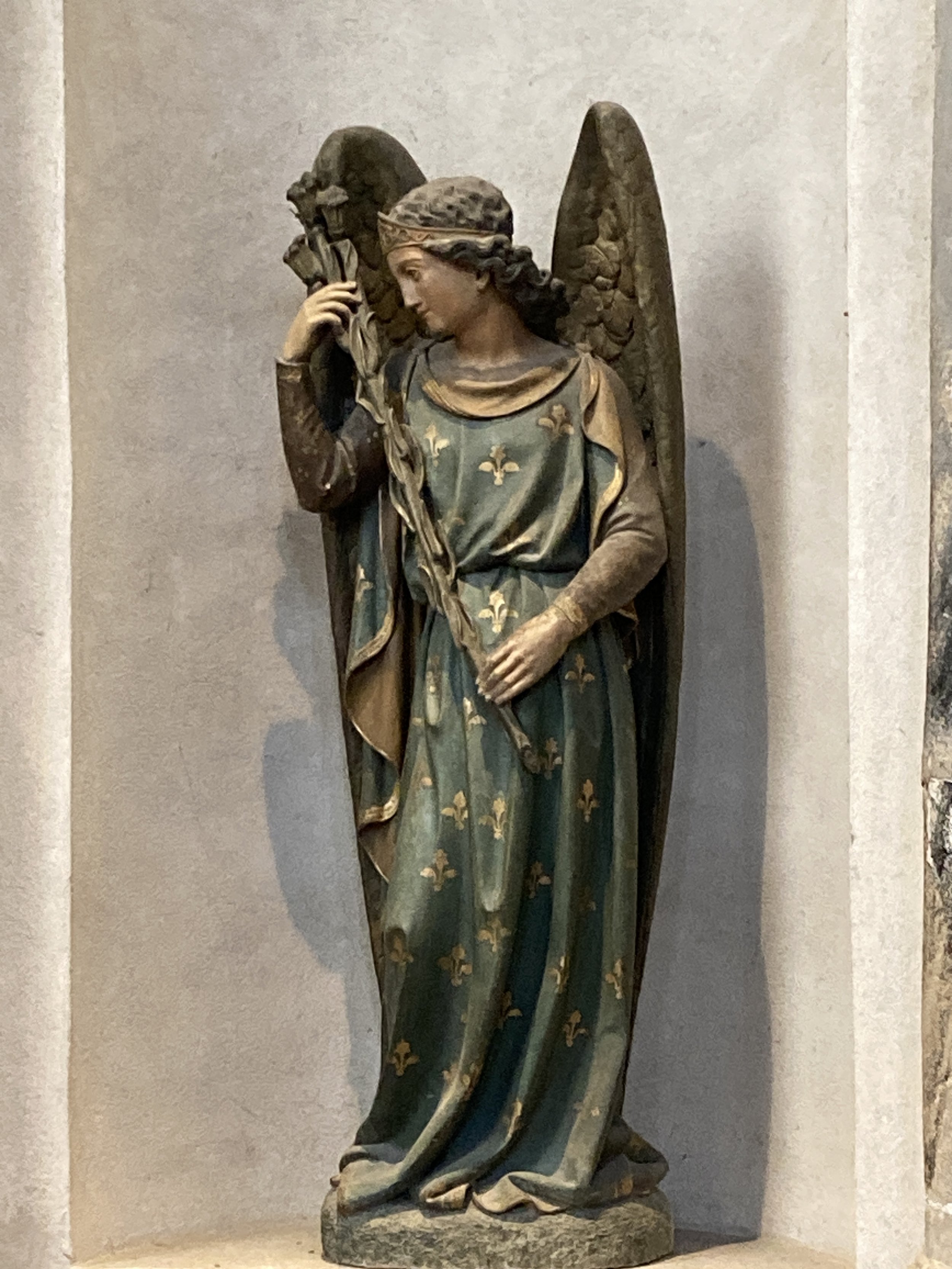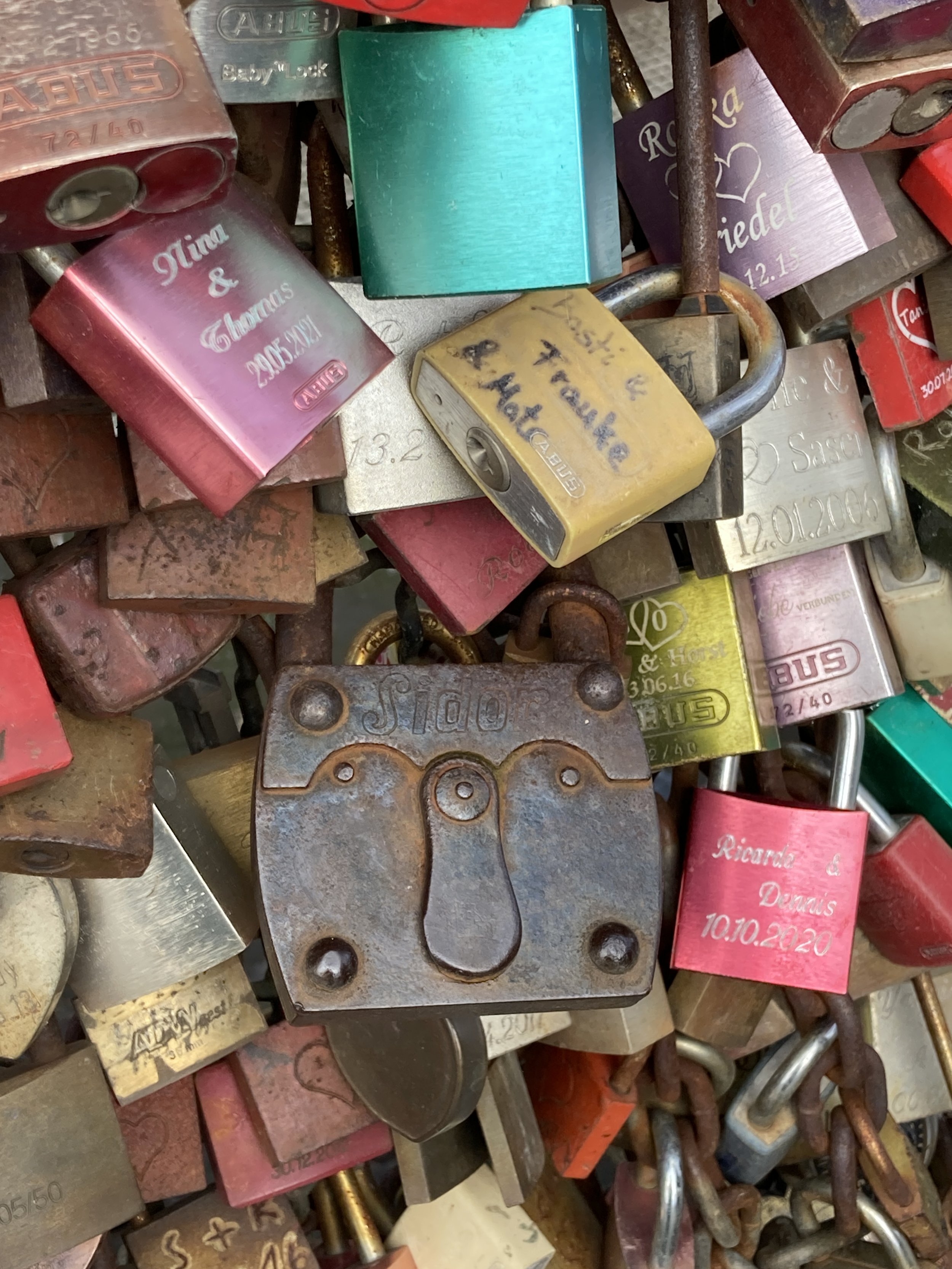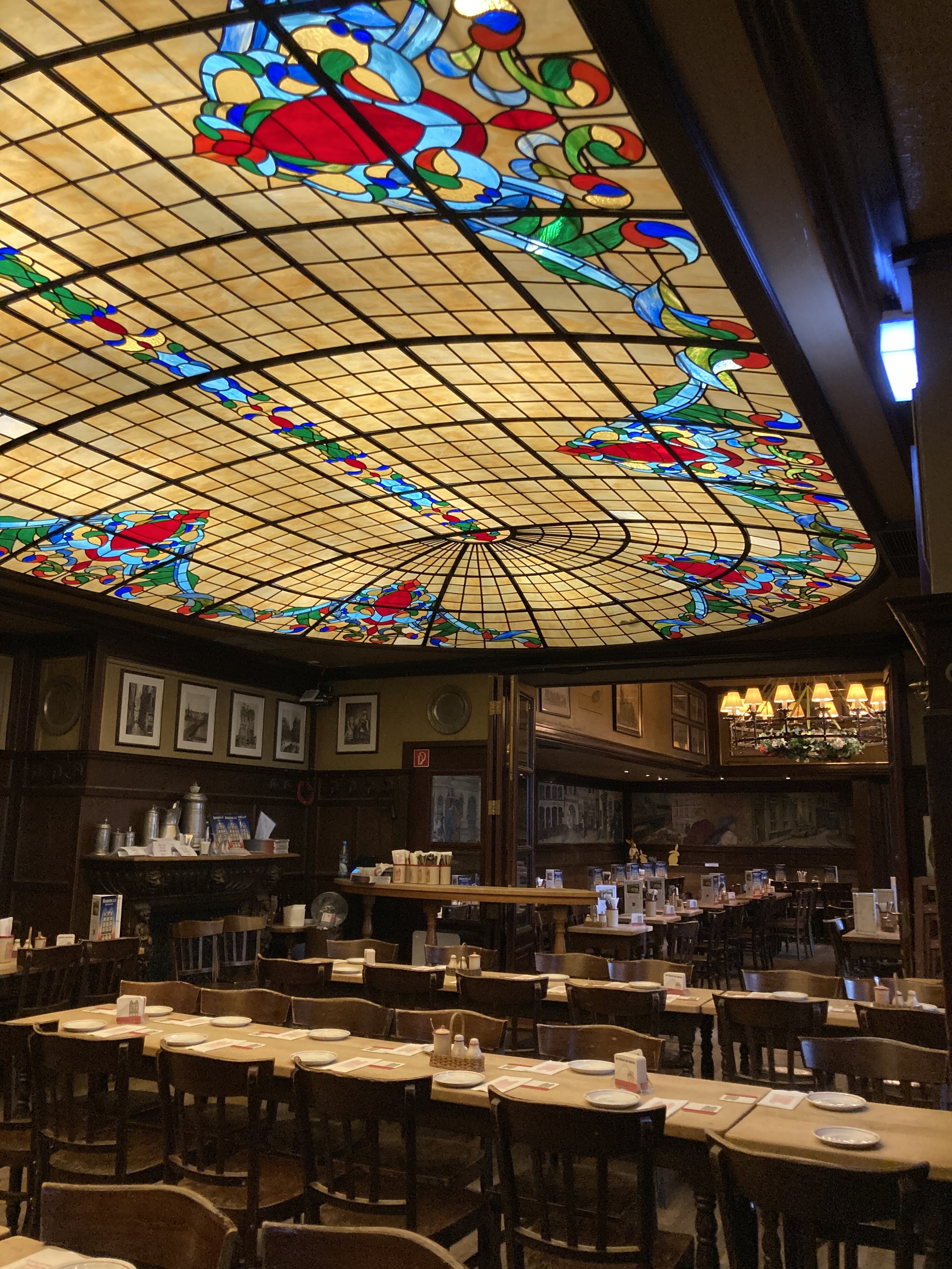Castles and Vineyards Along the Middle Rhine Valley
One of the highlights of a Viking Rhine River cruise is sailing the stretch of the Rhine between the cities of Koblenz and Rüdesheim. The day I sailed this stretch of the river (in early Spring) it was gray, windy, and chilly. But that didn’t stop me from standing along the rail on the open sun deck at the top of the ship. That’s where the best views were!
Burg Thurnberg is also known as Berg Maus - the “mouse” castle is just a bit away from the “cat” castle. The on-board narration explained the long-ago rivalry between the two owners.
For about 4 hours the Viking Baldur moved slowly past breathtaking scenery. There were steep vineyards, small medieval villages, steepled churches, and – best of all – ancient castles. Some were ruins but others were remarkably well preserved.
The Lorelei Rock - we got close, but not too close when navigating this tricky bend in the Rhine
We also sailed by the Lorelei Rock which sits at the narrowest and deepest section of the Rhine. Legend has it that many sailors were lost here. Enchanted by the song of the Lorelei maiden they lost their way and crashed into the rock.
I didn’t hear her song that afternoon and luckily neither did our captain as we passed safely by the Lorelei without crashing into it.
Our afternoon of sailing ended in the charming town of Rüdesheim where we had just enough time for a stroll through the streets of the Drosselgasse before returning to our ship for dinner.
Marketplatz, Rüdesheim
The Drosseslgasse is an area of narrow streets which wind through the oldest part of Rüdesheim. The alleys are lined with half-timber houses, shops, wines cellars, pubs, and restaurants. On the evening we visited there was jazz music spilling out of one pub, intriguing wines on display in a shop, and some really enticing aromas coming from the restaurants.
Rüdesheim Caffe. (thanks to M. Bird for this photo)
Rüdesheim is famous for both its wine and for Rüdesheim Caffe. The coffee, laced with a local brandy and served in a fancy cup, is just the thing to warm up a gray afternoon. To make the coffee, brandy and sugar cubes are flamed before adding the coffee. Then it is topped off with whipped cream and chocolate shavings. Delicious! We had an on-board demonstration of the preparation before arriving in Rüdesheim, with a tasting of course. The specialty coffee cups - all curves and pretty patterns - were on sale in many of the local shops.
Our ship left Rüdesheim close to midnight, headed for a short stop in Speyer the next day.
Speyer is where the Protestant Reformation began. It was here, in 1517, that Martin Luther presented his theses against the Roman Catholic Church. The historic center of the city was full of beautiful architecture, monuments, the remains of a 13th century gate, and a remarkable Romanesque Cathedral which is a UNESCO World Heritage site.
As in every stop, a local guide was provided by Viking. She gave us a good dose of history as well as interesting information about modern day Speyer. And while it just wasn’t possible to fully explore the city, we did manage to get a good sense of it between the guided walk and some free time for exploration. It’s a charming and beautiful small city.
Next stop on my cruise itinerary: Strasbourg, France. More on that in a future post.



